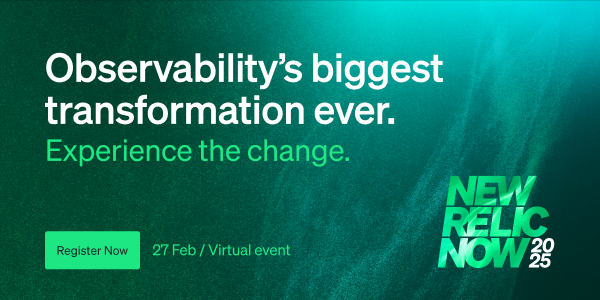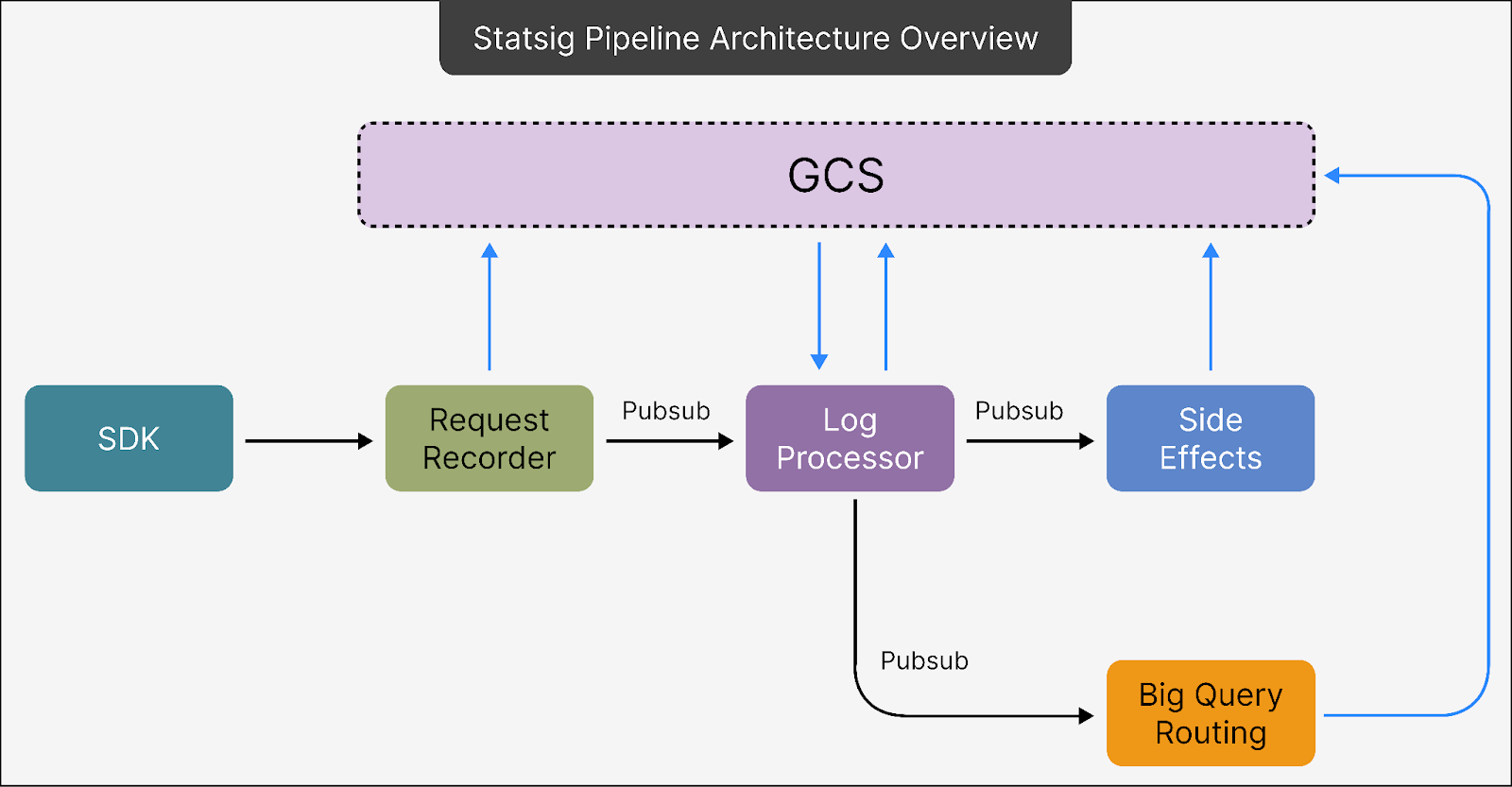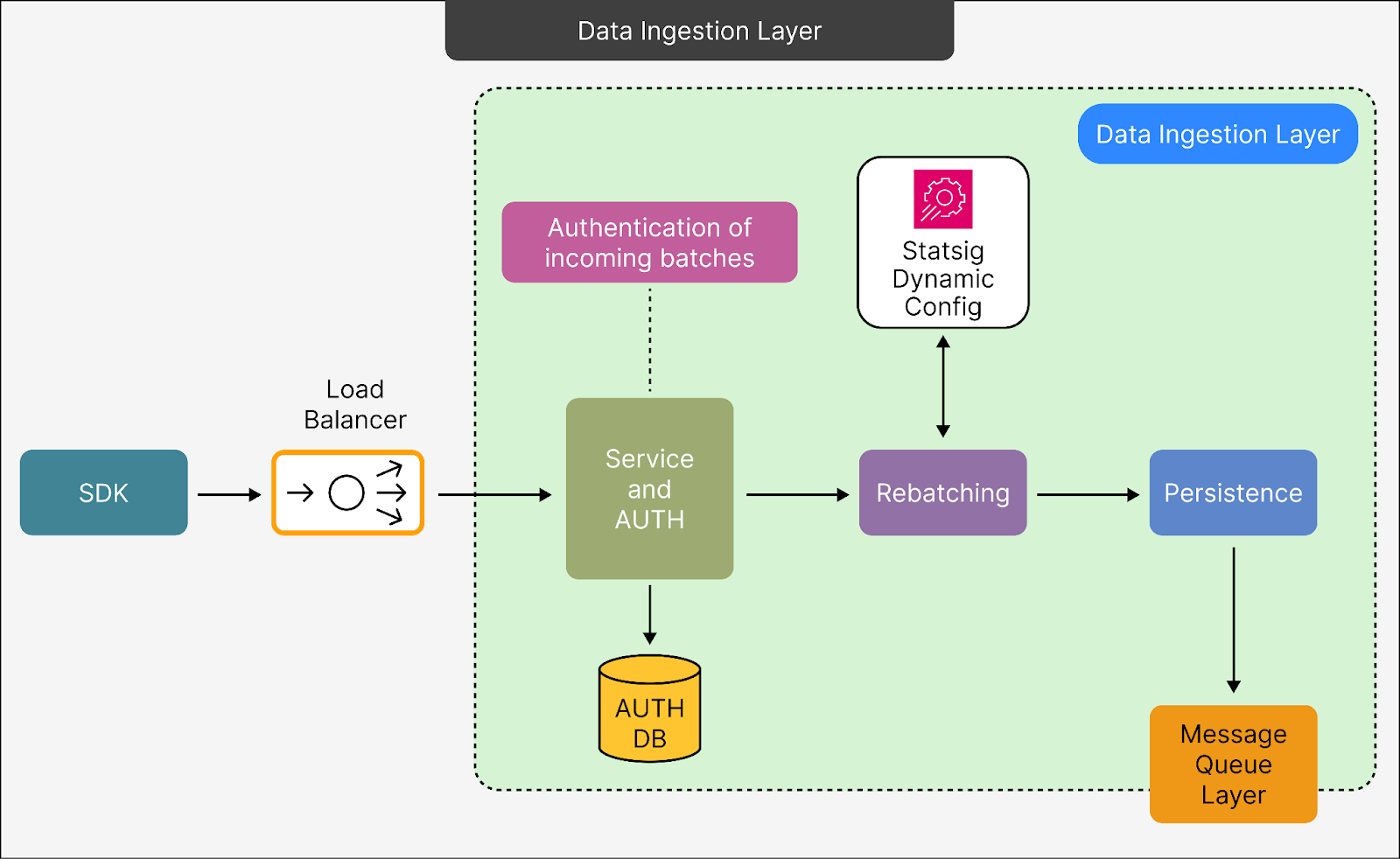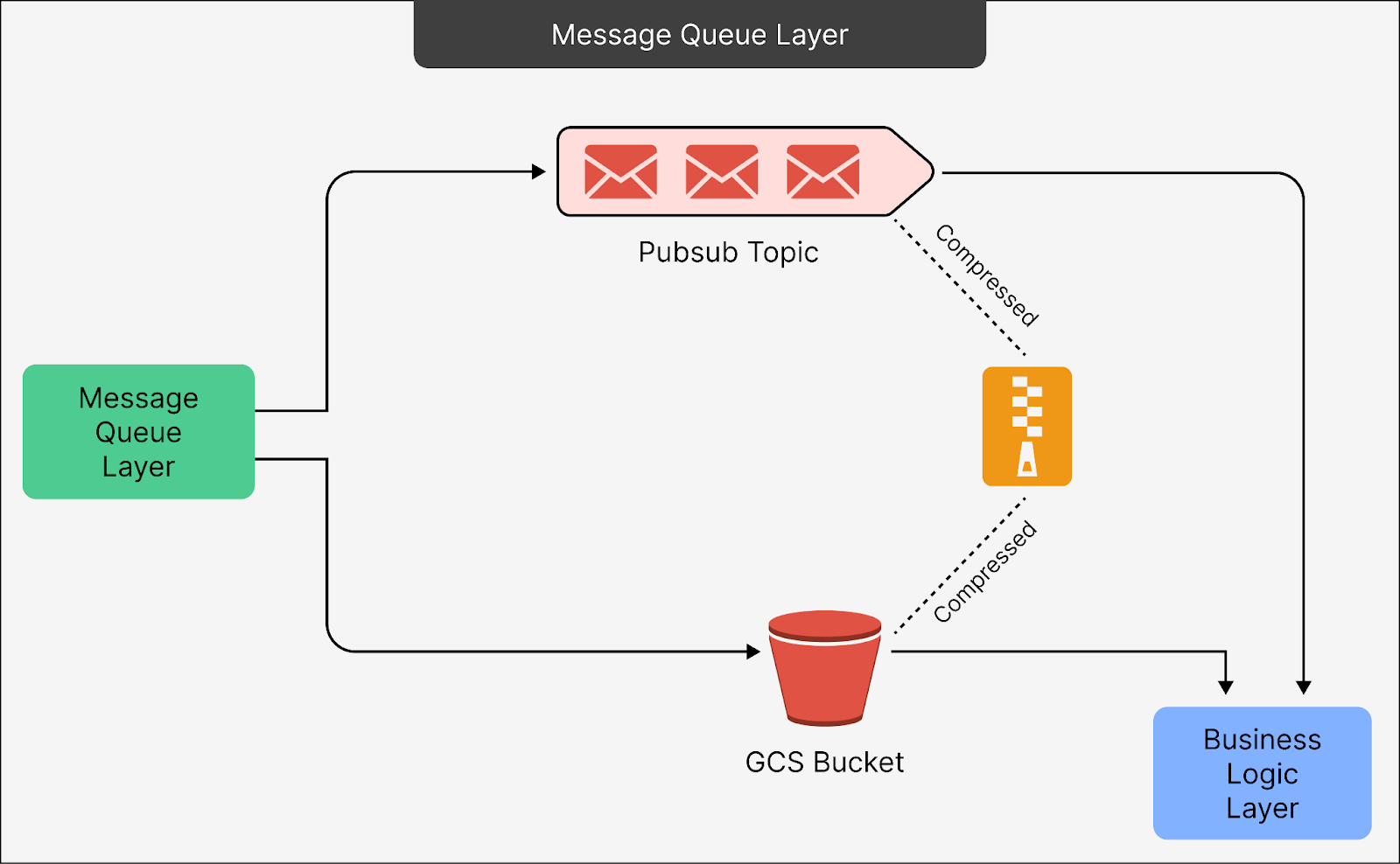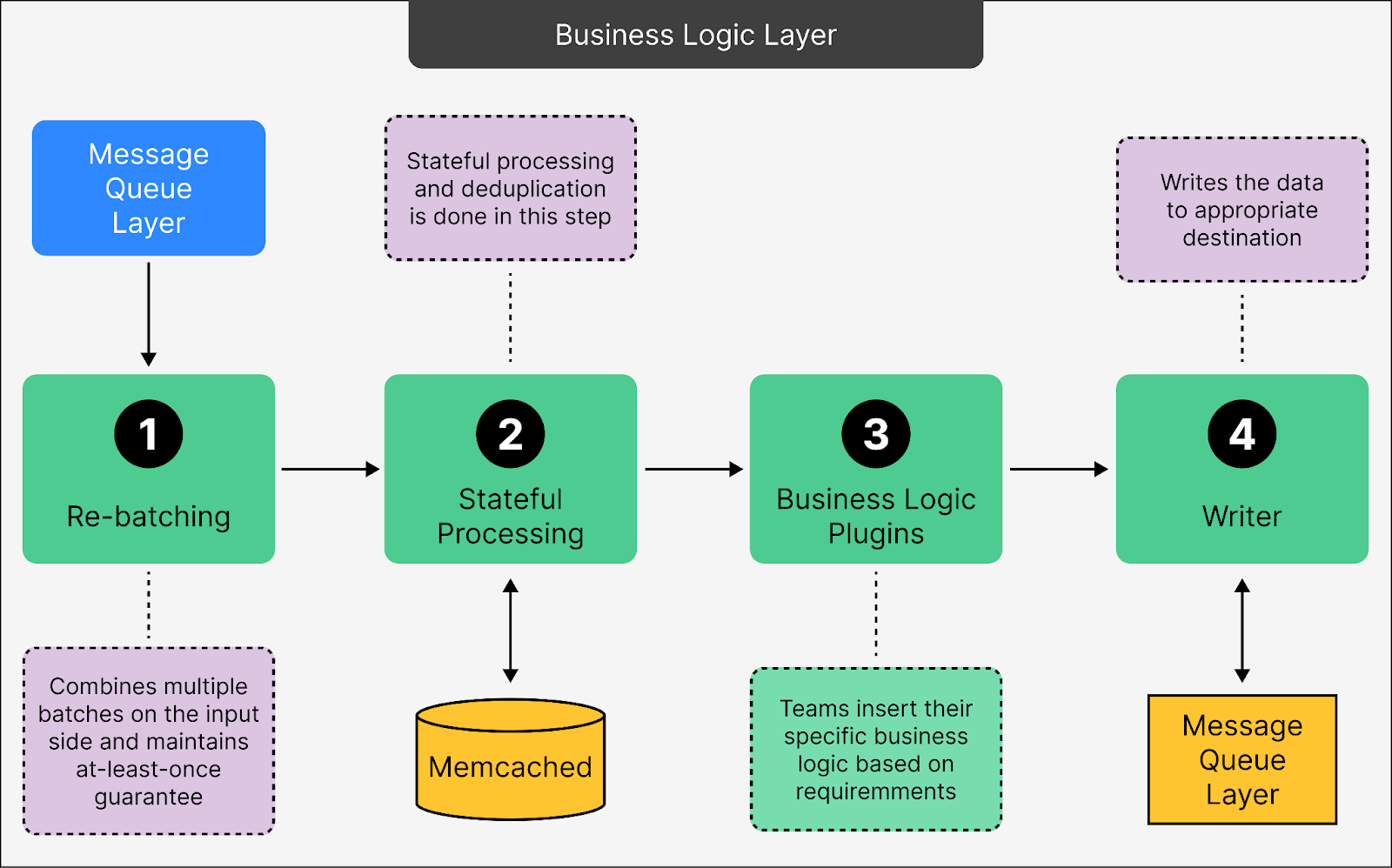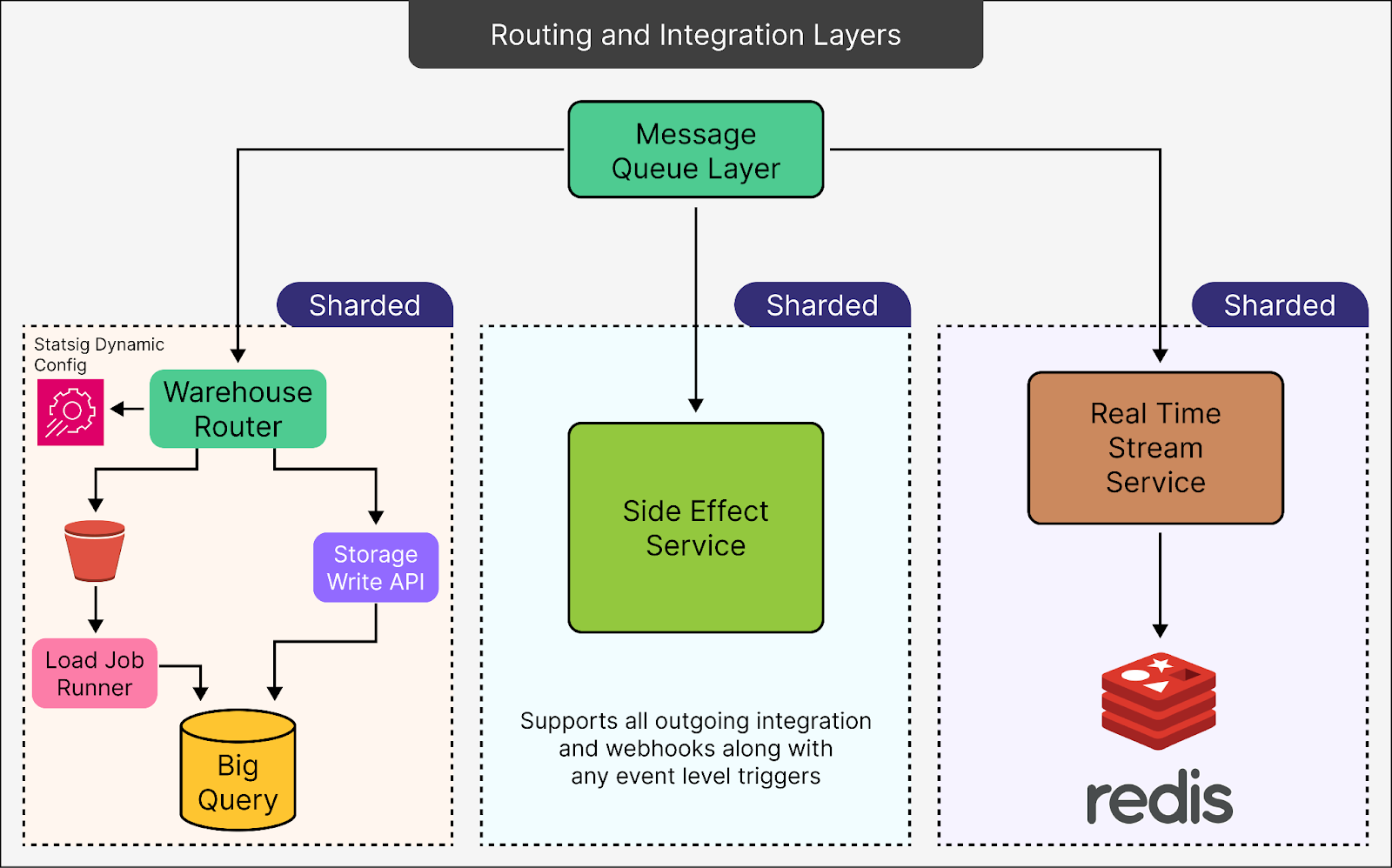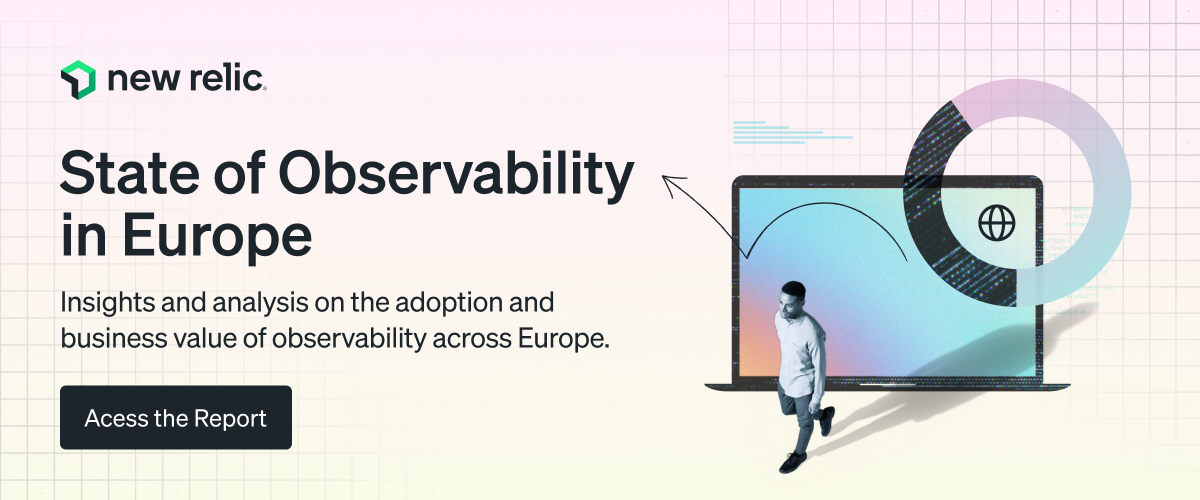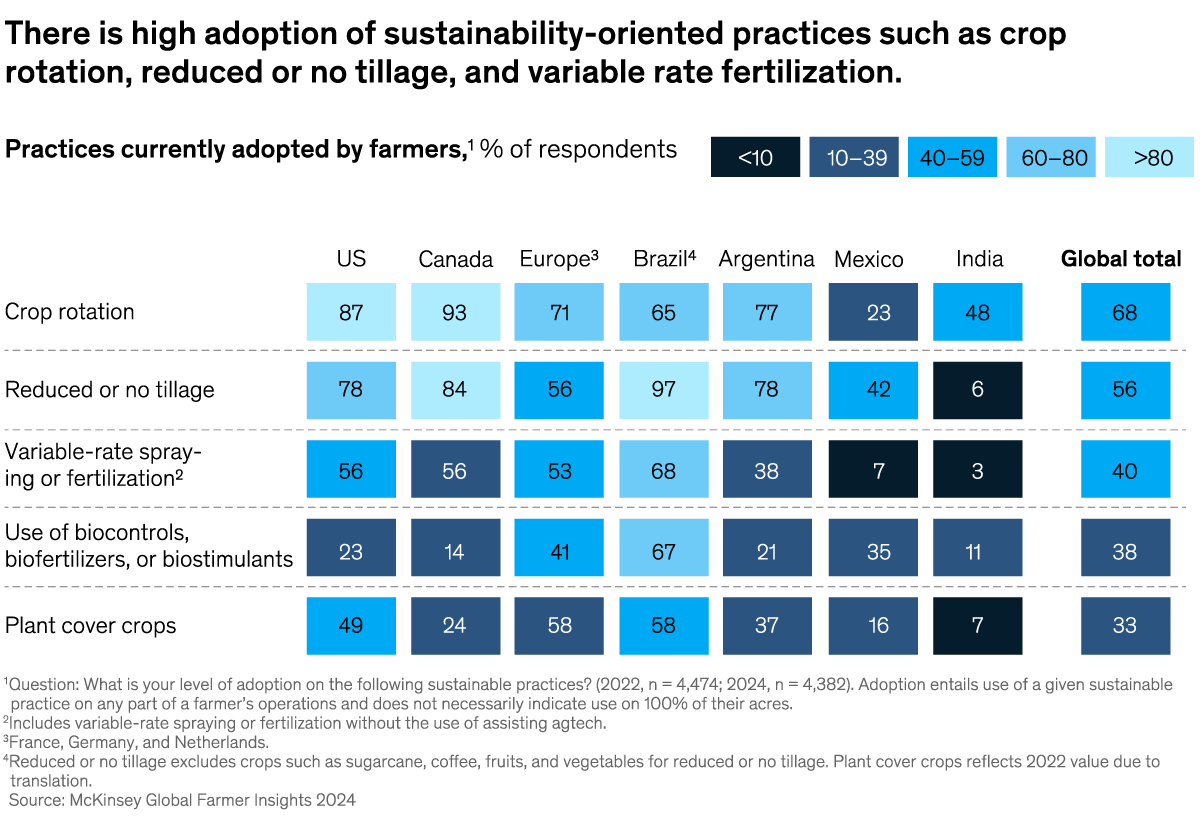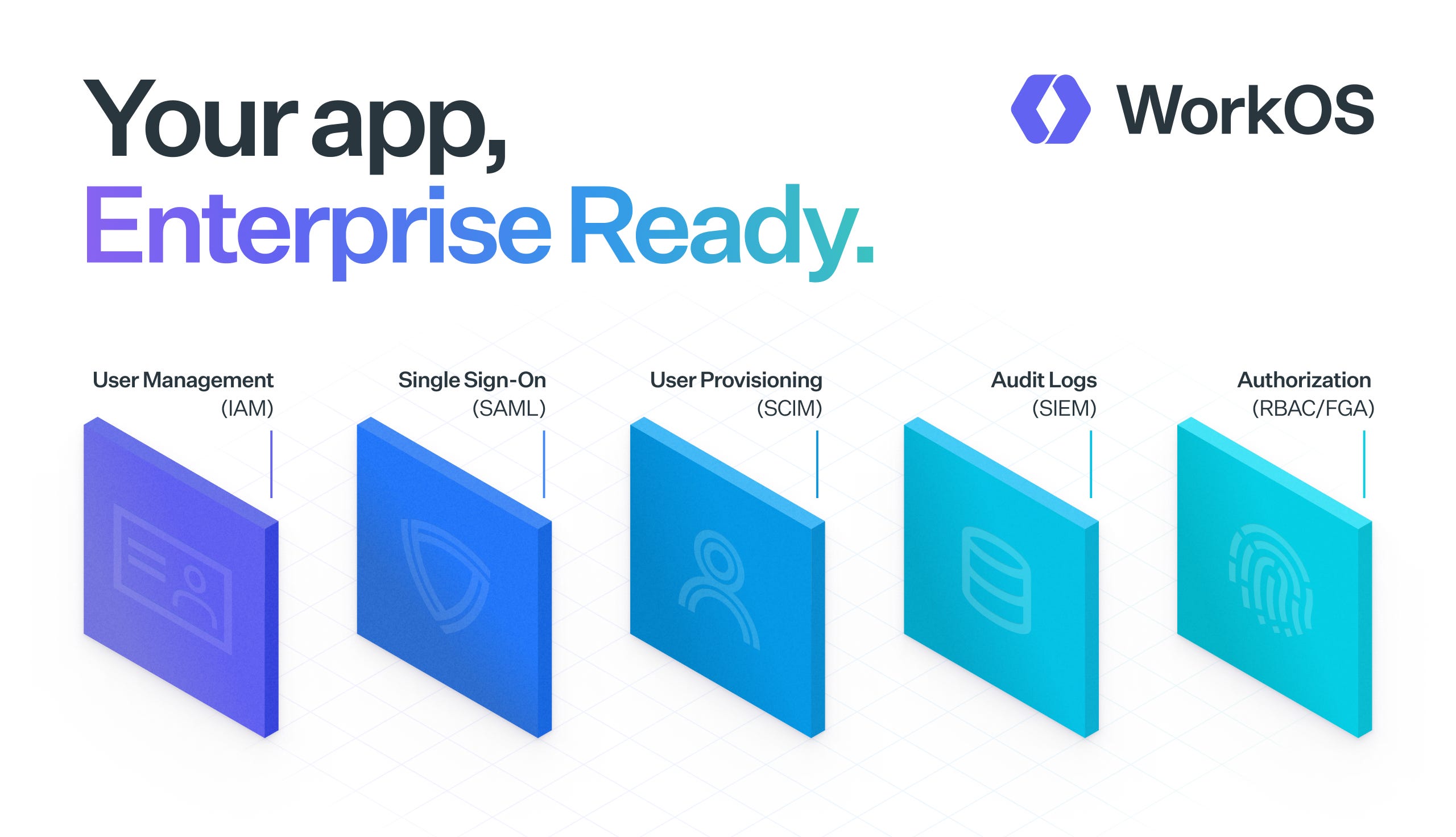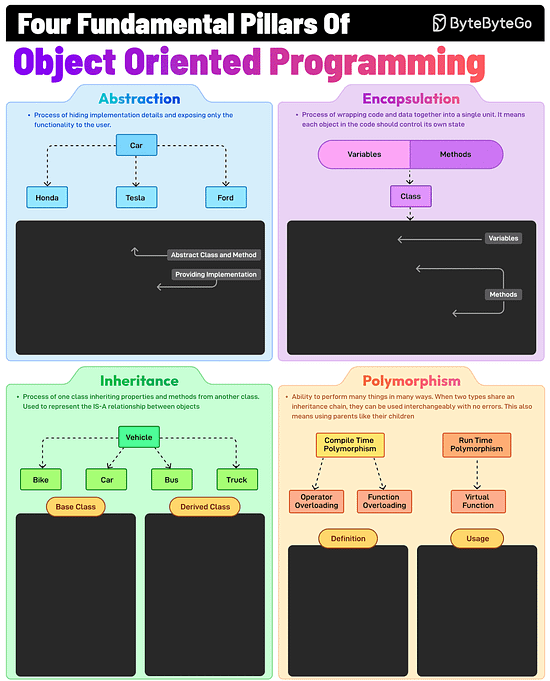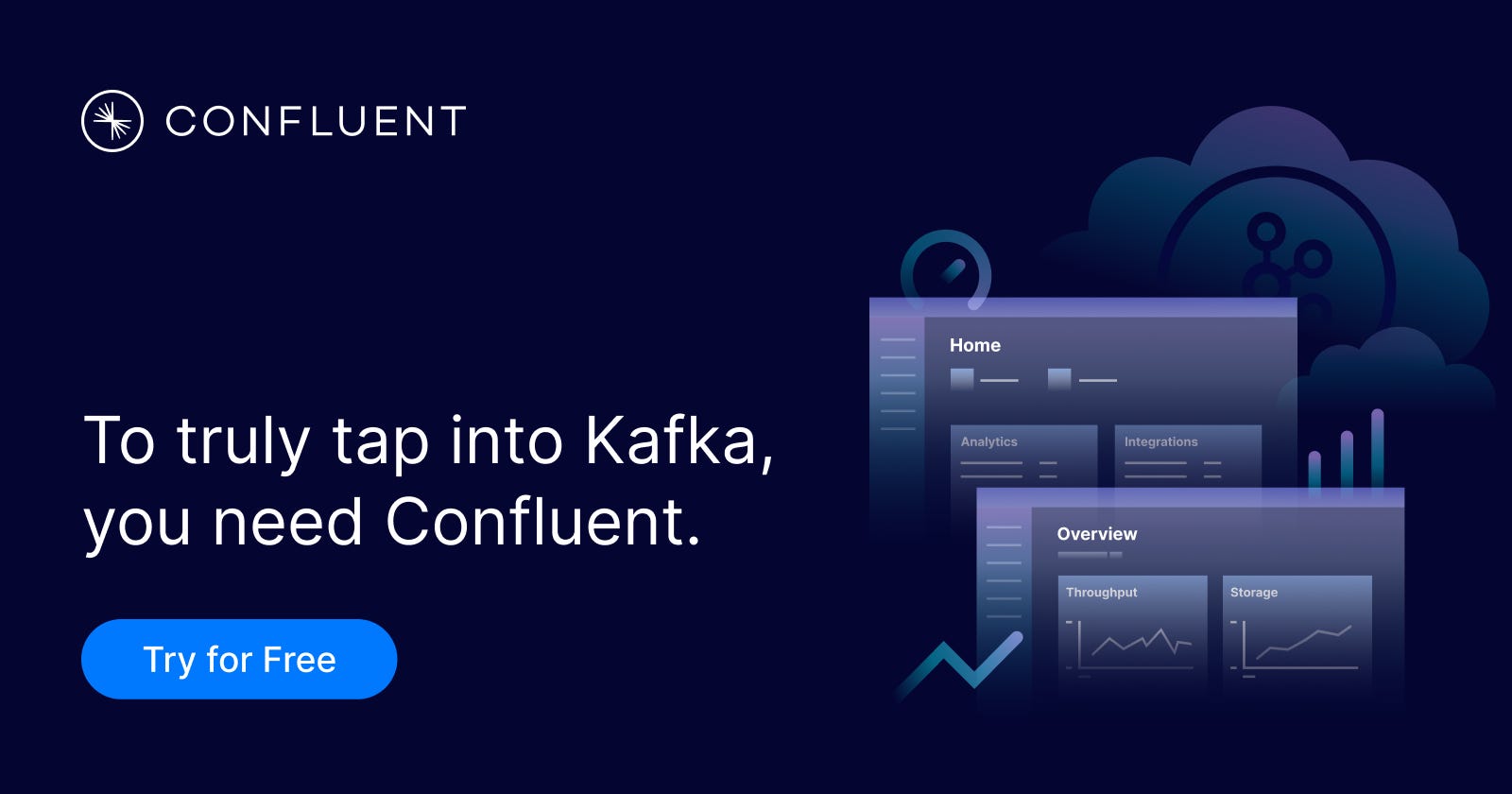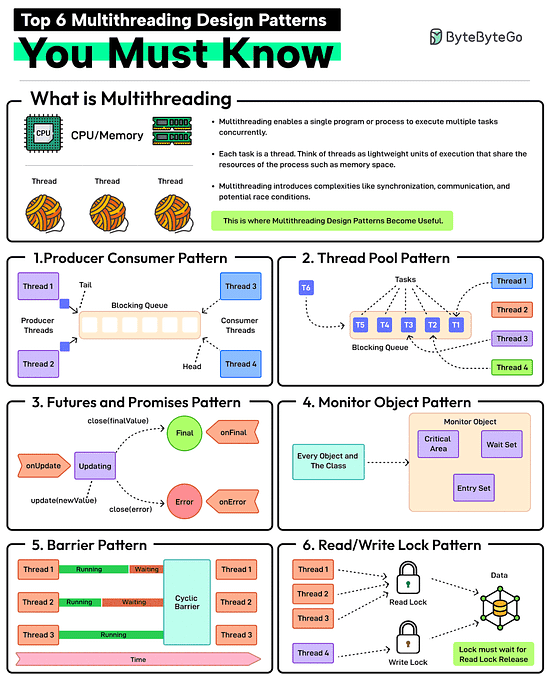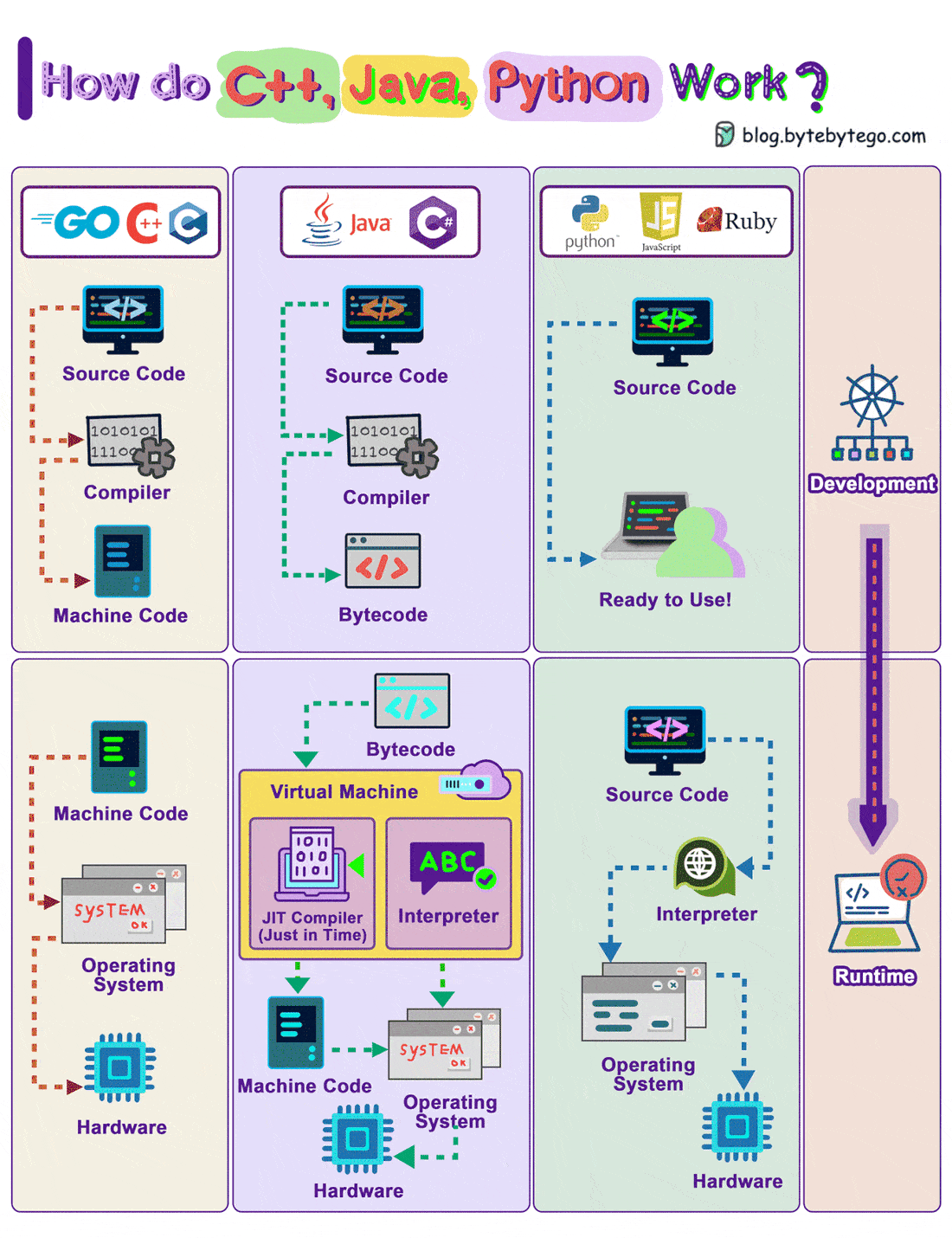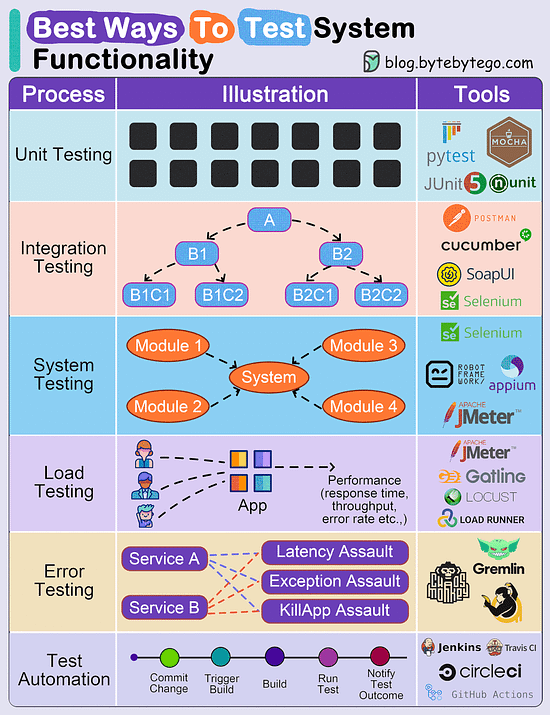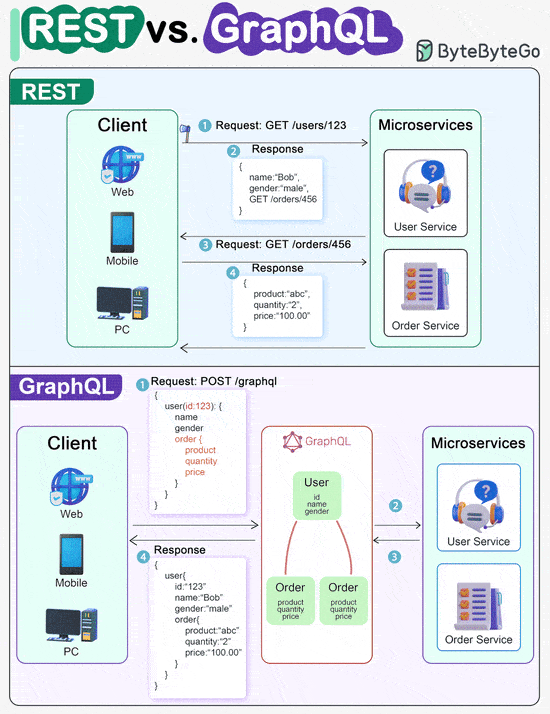Archives
- By thread 5224
-
By date
- June 2021 10
- July 2021 6
- August 2021 20
- September 2021 21
- October 2021 48
- November 2021 40
- December 2021 23
- January 2022 46
- February 2022 80
- March 2022 109
- April 2022 100
- May 2022 97
- June 2022 105
- July 2022 82
- August 2022 95
- September 2022 103
- October 2022 117
- November 2022 115
- December 2022 102
- January 2023 88
- February 2023 90
- March 2023 116
- April 2023 97
- May 2023 159
- June 2023 145
- July 2023 120
- August 2023 90
- September 2023 102
- October 2023 106
- November 2023 100
- December 2023 74
- January 2024 75
- February 2024 75
- March 2024 78
- April 2024 74
- May 2024 108
- June 2024 98
- July 2024 116
- August 2024 134
- September 2024 130
- October 2024 141
- November 2024 171
- December 2024 115
- January 2025 216
- February 2025 140
- March 2025 220
- April 2025 233
- May 2025 239
- June 2025 303
- July 2025 36
-
App development process!#
Hello,I hope you are doing well….We stand on top of mobile app development company, harnessing latest tools and SDKs to build tailored iOS, Android, and Windows mobile applications for businesses of all sizes.We have expertise in:-Taxi/Food Delivery App // Restaurant App // Health Industry App // Real-estate listing App // E-learning App // E-commerce App// Finance and Insurance App//Please let us know your Apps idea, exact requirement with us which kinds of Apps and for which service you want so that we can provide solutions accordingly.Thank You,Parul Kakker.Country: India
by "Parul kakker" <parul.kakker12581@outlook.com> - 07:45 - 19 Dec 2024 -
Over 12 new features being showcased Feb 27th. Save your seat.
New Relic
 Observability is evolving fast—join us at New Relic Now 2025, on February 27th (9am GMT / 10am CET), and see how Intelligent Observability drives developer velocity and business impact.
Observability is evolving fast—join us at New Relic Now 2025, on February 27th (9am GMT / 10am CET), and see how Intelligent Observability drives developer velocity and business impact.
This free virtual event will showcase 12+ new features to:
- Elevate digital experiences: Discover predictive remediation that ensures seamless interactions with customers.
- Automate with AI: See how agentic AI handles both common and uncommon tasks, empowering developers.
- Limit costs: Identify unnecessary cloud and operational costs that you can avoid.
Save your seat now and see how Intelligent Observability redefines the landscape, and opens up unexpected possibilities for your business.
Register Now View in browser
This email was sent to info@learn.odoo.com. Update your email preferences.For information about our privacy practices, see our Privacy Policy.
Need to contact New Relic? You can chat or call us at +44 20 3859 9190
Strand Bridge House, 138-142 Strand, London WC2R 1HH
© 2024 New Relic, Inc. All rights reserved. New Relic logo are trademarks of New Relic, Inc.
by "New Relic" <emeamarketing@newrelic.com> - 05:31 - 19 Dec 2024 -
How to promote your business
How to promote your business
Hi there,
At Infoserve, we've been working with businesses on a similar trajectory to Your Telecoms Consultant for over 2 decades, helping them to promote their business and attract new customers.
We understand the focus required to deliver the highest levels of service, managing tight deadlines and keeping your customers happy.
Making sure you keep on top of everything can make it hard to find time to spend on Marketing, lead generation and brand awareness.
That's where we come in!
We are a full-service digital marketing agency based in Leeds. Here are just few ways we could help Your Telecoms Consultant:
Showcase Your Services - Showcase your expertise with a professionally designed website tailored to highlight your products, services, and industry knowledge, or enhance your existing site to maximise its impact and effectiveness We can include your range of services with case studies, reviews from satisfied customers and content to position you as thought leaders in your field.
Boost your visibility - Whether you market your services on localy, nationally or internationally, we’ll ensure your business is easily discoverable. With targeted SEO, we'll ensure your company stands out and attracts potential clients across all digital platforms.
Expand your reach - We can implement targeted digital marketing strategies aimed at increasing brand visibility and attracting new clients. By leveraging online advertising, content marketing, and strategic partnerships, we can extend your reach and attract business from new markets.
I'd love to schedule a brief intro call to get a better understanding of your specific needs and challenges to show you how we could help.
Or if you'd prefer, I can just send you some more information, examples of other businesses we've helped and some idea of costs.
Either way, just reply to this email and I'll get back to you as soon as possible.
Thank you,
Matt Budd
Digital Marketing Consultant
0800 089 0879
infoserve.com
Infoserve Ltd, Southside Aviation, Leeds Airport, LS19 7UG. Registered in England No. 04209122
We have sent this email to info@learn.odoo.com, having found your company details online, as we believe our digital marketing services may be of legitimate interest to your business. If you would no longer like to get emails from us you can stop them here.
by "Matt Budd" <matt@infoserve.uk> - 03:15 - 19 Dec 2024 -
These industries could transform the world economy by 2040
Only McKinsey Perspectives
Arenas of the future Brought to you by Alex Panas, global leader of industries, & Axel Karlsson, global leader of functional practices and growth platforms
Welcome to the latest edition of Only McKinsey Perspectives. We hope you find our insights useful. Let us know what you think at Alex_Panas@McKinsey.com and Axel_Karlsson@McKinsey.com.
—Alex and Axel
—Edited by Belinda Yu, editor, Atlanta
This email contains information about McKinsey's research, insights, services, or events. By opening our emails or clicking on links, you agree to our use of cookies and web tracking technology. For more information on how we use and protect your information, please review our privacy policy.
You received this email because you subscribed to the Only McKinsey Perspectives newsletter, formerly known as Only McKinsey.
Copyright © 2024 | McKinsey & Company, 3 World Trade Center, 175 Greenwich Street, New York, NY 10007
by "Only McKinsey Perspectives" <publishing@email.mckinsey.com> - 11:07 - 18 Dec 2024 -
It’s not enough to just build AI. Companies should also ensure it’s trustworthy AI.
Re:think
Building trust in AI is a business imperative FRESH TAKES ON BIG IDEAS
ON AI TRUST
Why investing in AI trust pays offIt’s becoming increasingly clear that AI can bring superpowers to people in many roles and will change how they work. Soon, all software that companies build and buy will become AI software, which will be more flexible and adaptive than today’s rule-based systems. This will shrink time from opportunity discovery to action. Integration will get easier as agents dynamically bridge systems so that fragmented business processes come together in interconnected flows. The shift will unlock immense value for enterprises of all kinds, enhancing velocity, productivity, and innovation.
But to get there, trust is critical. Stakeholder expectations are rising as perceived risks also rise, and that’s leading to rapid experimentation with new regulation. But the regulatory patterns and postures around the world are far from settled. And while compliance is essential, building AI trust goes well beyond compliance.
The companies that derive the most value from AI will be those that create trust with their customers, employees, and stakeholders. Fundamentally, people must trust AI enough to hand over tasks. Enhanced evaluations, transparency, and explainability can all contribute—as well as flexible governance that puts principles into practice while encouraging innovation. Organizations can start with a principled approach to deciding not just what they can build but what they should build. These ethical decisions must be rooted in the values unique to each organization and the values of a society that places humans at the center of the AI ecosystem. This approach to building trust is responsible AI, or RAI. And when implemented well, RAI leads to real ROI.
Our research has found that the majority of large companies (72 percent) are implementing AI today in at least one business process, but just 18 percent have an RAI council with decision authority. Making AI governance work requires bringing people together who can offer complementary cross-functional perspectives.
Getting RAI right means implementing guidelines for all and operationalizing formal AI trust policies. This can create a psychologically safe environment where employees feel empowered to innovate boldly. But organizations also need technical guardrails to ensure their AI systems can be driven fast but safely. Across industries, we have repeatedly seen how the right AI guardrails can accelerate innovation, not impede it.
Trusted data is also key to AI innovation. AI builders should constantly ask themselves: “How do we create the right metadata to track the provenance of data sets, how they were collected, and how they therefore can be used?” Deploying a data operating guide ensures that AI builders have well-curated and documented data for responsible innovation.“The majority of large companies are implementing AI today in at least one business process, but just 18 percent have a responsible AI council with decision authority.”
In parallel with strengthening data governance and guardrails, leaders must tackle the hard work of building and implementing trusted AI deployment processes. I often advise leaders to take three steps to move fast.
First, educate the enterprise. Create a clear communication plan about what AI trust means for the entire organization and why everyone should be committed to it. Define how executives should lead in an AI era—and then roll out structured reskilling and upskilling programs. Even top technologists can be new to many aspects of RAI and will need to learn new human-centered AI engineering practices.
Second, invest in AI trust. Allocating the right resources requires treating it as an asset that is built up and not a cost of compliance to be “managed down” in the presence of regulatory scrutiny. This means creating a multiquarter road map for enhancing RAI maturity that embraces people, processes, and technology in a well-orchestrated action plan.
Third, engage cross-functional teams to deploy a strong governance platform, including registries for the software and the data resources that must be built or bought, as well as end-to-end workflows to ensure the right controls are in place. In addition, at the model and product level, AI tools should be continuously monitored by machine learning operations, or MLOps, for performance, quality, and risk. These “engine room” technologies are critical to ensuring that leaders “on the bridge” can make confident decisions.
Getting AI trust right is a shared responsibility between the organizations deploying AI and the platform providers, governments, international organizations, and standards bodies aiming to ensure that AI is safe and reliable. In this dynamic environment, academic researchers, open-source communities, and developers also play a big role in building AI that is more trustworthy, transparent, and explainable. CEOs and chief technology officers can do their part by getting their data houses in order, empowering their teams to innovate safely, and monitoring all their AI deployments for signs of bias or misinformation.ABOUT THIS AUTHOR
Roger Roberts is a partner in McKinsey’s Bay Area office.
MORE FROM THIS AUTHOR
UP NEXT
Dana Maor on leadership
Most CEOs still have a lot to learn about themselves when they step into the top job. This ongoing journey of self-discovery is critical for effective leadership.
This email contains information about McKinsey’s research, insights, services, or events. By opening our emails or clicking on links, you agree to our use of cookies and web tracking technology. For more information on how we use and protect your information, please review our privacy policy.
You received this email because you subscribed to our McKinsey Quarterly alert list.
Copyright © 2024 | McKinsey & Company, 3 World Trade Center, 175 Greenwich Street, New York, NY 10007
by "McKinsey Quarterly" <publishing@email.mckinsey.com> - 02:11 - 18 Dec 2024 -
What leading UK companies do to thrive
Only McKinsey Perspectives
5 conditions for success Brought to you by Alex Panas, global leader of industries, & Axel Karlsson, global leader of functional practices and growth platforms
Welcome to the latest edition of Only McKinsey Perspectives. We hope you find our insights useful. Let us know what you think at Alex_Panas@McKinsey.com and Axel_Karlsson@McKinsey.com.
—Alex and Axel
•
Positive economic indicators. Although the UK’s FTSE hasn’t performed as strongly as some other global stock exchanges, McKinsey senior partners Andrew Goodman and Tunde Olanrewaju note that the UK economy still has a lot of bright spots. In an episode of The McKinsey Podcast, they cite the amount of private capital flowing into the UK market as one such example. In fact, over the past 15 years, the UK has attracted about $1.8 trillion in private equity investments and nearly $1 trillion in foreign direct investment.
—Edited by Belinda Yu, editor, Atlanta
This email contains information about McKinsey's research, insights, services, or events. By opening our emails or clicking on links, you agree to our use of cookies and web tracking technology. For more information on how we use and protect your information, please review our privacy policy.
You received this email because you subscribed to the Only McKinsey Perspectives newsletter, formerly known as Only McKinsey.
Copyright © 2024 | McKinsey & Company, 3 World Trade Center, 175 Greenwich Street, New York, NY 10007
by "Only McKinsey Perspectives" <publishing@email.mckinsey.com> - 01:48 - 18 Dec 2024 -
Dive deeper: Highlights from 2024
Intersection
Get your briefing We’ll see you in 2025! And if you’re looking to spread some extra holiday cheer, forward this email to a friend or colleague so they can subscribe to the Five Fifty.
We’re commemorating our flagship publication’s milestone birthday with a year of themed issues, special interactive features, and timeless Quarterly classics newly released from the archives. It’s all available with a free digital Quarterly membership. Sign up here.
Share these insights
Did you enjoy this newsletter? Forward it to colleagues and friends so they can subscribe too. Was this issue forwarded to you? Sign up for it and sample our 40+ other free email subscriptions here.
This email contains information about McKinsey’s research, insights, services, or events. By opening our emails or clicking on links, you agree to our use of cookies and web tracking technology. For more information on how we use and protect your information, please review our privacy policy.
You received this email because you subscribed to our McKinsey Quarterly Five Fifty alert list.
Copyright © 2024 | McKinsey & Company, 3 World Trade Center, 175 Greenwich Street, New York, NY 10007
by "McKinsey Quarterly Five Fifty" <publishing@email.mckinsey.com> - 04:30 - 17 Dec 2024 -
How Statsig Streams 1 Trillion Events A Day
How Statsig Streams 1 Trillion Events A Day
The newsletter is a collaboration between ByteByteGo and members of the Statsig engineering team (Pablo Beltran and Brent Echols).͏ ͏ ͏ ͏ ͏ ͏ ͏ ͏ ͏ ͏ ͏ ͏ ͏ ͏ ͏ ͏ ͏ ͏ ͏ ͏ ͏ ͏ ͏ ͏ ͏ ͏ ͏ ͏ ͏ ͏ ͏ ͏ ͏ ͏ ͏ ͏ ͏ ͏ ͏ ͏ ͏ ͏ ͏ ͏ ͏ ͏ ͏ ͏ ͏ ͏ ͏ ͏ ͏ ͏ ͏ ͏ ͏ ͏ ͏ ͏ ͏ ͏ ͏ ͏ ͏ ͏ ͏ ͏ ͏ ͏ ͏ ͏ ͏ ͏ ͏ ͏ ͏ ͏ ͏ ͏ ͏ ͏ ͏ ͏ ͏ ͏ ͏ ͏ ͏ ͏ ͏ ͏ ͏ ͏ ͏ ͏ ͏ ͏ ͏ ͏ ͏ ͏ ͏ ͏ ͏ ͏ ͏ ͏ ͏ ͏ ͏ ͏ ͏ ͏ ͏ ͏ ͏ ͏ ͏ ͏ ͏ ͏ ͏ ͏ ͏ ͏ ͏ ͏ ͏ ͏ ͏ ͏ ͏ ͏ ͏ ͏ ͏ ͏ ͏ ͏ ͏ ͏ ͏ ͏ ͏ ͏ ͏ ͏ ͏ ͏ ͏ ͏ ͏ ͏ ͏ ͏ ͏ ͏ ͏ ͏ ͏ ͏ ͏ ͏ ͏ ͏ ͏ ͏ ͏ ͏ ͏ ͏ ͏ ͏ ͏ ͏ ͏ ͏ ͏ ͏ ͏ ͏ ͏ ͏ ͏ ͏ ͏ ͏ ͏ ͏ ͏ ͏ ͏ ͏ ͏ ͏ ͏ ͏ ͏ ͏ Forwarded this email? Subscribe here for moreRead the acclaimed Designing Data-Intensive Applications book [O’REILLY] (Sponsored)
Discover new ways of thinking about your distributed data system challenges.
In this practical and comprehensive guide, Martin Kleppmann helps you navigate the diverse and fast-changing landscape of approaches to processing and storing data for data-intensive applications.
Peer under the hood of the systems you already use, and learn how to use and operate them more effectively
Make informed decisions by identifying the strengths and weaknesses of different approaches and technologies
Understand the distributed systems research upon which modern databases are built
Go behind the scenes of major online services and learn from their architectures
Get this 145-page ebook and start reading the book that’s become essential for anyone working with data systems.
The newsletter is a collaboration between ByteByteGo and members of the Statsig engineering team (Pablo Beltran and Brent Echols).
Statsig is a modern feature management, experimentation, and analytics platform that enables teams to improve their product velocity.
Over the past year, Statsig has seen a staggering 20X growth in its event volume. This growth has been driven by high-profile customers such as OpenAI, Atlassian, Flipkart, and Figma, who rely on Statsig’s platform for experimentation and analytics.
Statsig currently processes over a trillion events daily, which is a remarkable achievement for any organization, particularly one of their size as a startup.
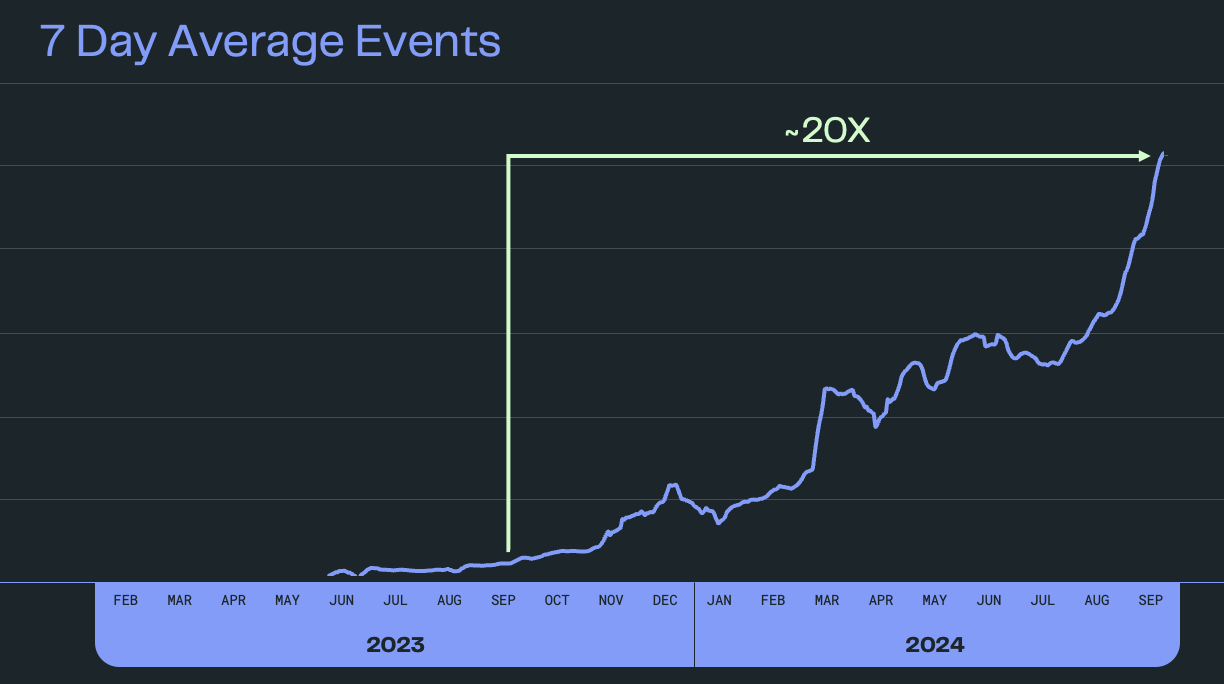
Source: Statsig Technical Blog However, this rapid growth comes with immense challenges.
Statsig must not only scale its infrastructure to handle the sheer volume of data but also ensure that its systems remain reliable and maintain high uptime. It also needs to keep the costs in check to stay competitive.
In this post, we’ll look at Statsig’s streaming architecture, which helps it handle the event volume. We’ll also look at the cost-efficiency steps taken by Statsig’s team.
Statsig’s Streaming Architecture
On a high level, Statsig’s streaming architecture consists of 3 main components:
Request Recorder: This stage of Statsig’s pipeline is designed with one main priority: ensuring that no data is ever lost. The top goal here is to make sure that every piece of data gets captured and stored, no matter what.
Log Processing: In this stage, the raw data collected during request recording gets refined and prepared for use. This stage applies specific rules and logic to the raw data while also ensuring that the data is accurate.
Routing: This stage acts like a smart traffic controller for data. Once the data has been recorded and processed, this stage ensures it reaches the right destination. It allows the pipeline to handle varied customer requirements without creating separate systems for each use case.
See the diagram below for a quick overview of the architecture:
The Architectural Components
While the high-level view gives a broad look at Statsig’s pipeline architecture, let us also look at each component in more detail to gain a better understanding.
1 - Data Ingestion Layer
The data ingestion layer in Statsig's pipeline is the first and one of the most crucial stages of the system.
It is responsible for receiving, authenticating, organizing, and securely storing data in a way that prevents loss, even under challenging conditions.
The request recorder is a key functionality of the data ingestion layer, with its specific role being the first step in handling incoming data. However, the data ingestion layer includes the load balancer, authentication, rebatching, and persistence-related functionalities.
See the diagram below:
Here’s a simple breakdown of the various steps:
From Client SDKs to Load Balancer:
The process starts when data is sent from client SDKs. This data is routed through a load balancer.
The load balancer ensures that incoming requests are evenly distributed across servers to avoid overloading any single server. This helps maintain system stability and performance.
Service Endpoint & Authorization:
Once the data reaches the server, it is passed to a service endpoint where the system performs authentication. This step ensures that only valid and authorized data batches are processed.
After authentication, the data is added to an internal queue. This queue holds the data temporarily until it can be processed further, ensuring no data is lost even if the processing system experiences delays.
Rebatching for Efficiency:
At this stage, smaller data batches are combined into larger ones, a process called rebatching. Handling fewer, larger batches is more efficient than dealing with many small ones, both in terms of performance and cost.
Statsig uses a dynamic configuration system to determine the optimal size for these batches.
The rebatching process then writes the optimized data batches to Google Cloud Storage (GCS). Using GCS for this purpose is a cost-effective solution compared to directly streaming smaller batches through high-cost pipelines.
Persistence for Reliability:
After rebatching, the data is securely stored in a persistence layer, which serves as a semi-permanent storage system. This layer is designed with multiple fallback options, meaning it has backup mechanisms to store data in case the primary system encounters issues.
The processing units, known as pods, are equipped with sufficient memory to handle temporary failures. This ensures the system can continue operating for up to an hour during an outage without losing data or affecting performance.
These fallback mechanisms extend across different regions and cloud platforms, providing an extra layer of reliability to the system.
2 - Message Queue Layer
The Message Queue Layer is a critical stage in Statsig’s pipeline that manages how data flows between different components. This layer is designed to handle enormous volumes of data efficiently while keeping operational costs low.
See the diagram below:
As you can see, it consists of two main components:
The Pub/Sub Topic
Pub/Sub is a serverless messaging system that facilitates communication between different parts of the pipeline. Since it is serverless, there’s no need to worry about maintaining servers or managing complex deployments. This reduces overhead for the engineering team.
Pub/Sub receives metadata about the data stored in Google Cloud Storage (GCS). Instead of directly storing all the event data, it acts as a pointer system, referring downstream systems to the actual data stored in GCS.
GCS Bucket
Directly using Pub/Sub for all data storage would be prohibitively expensive. Therefore, Statsig offloads most of the data to GCS to reduce storage and operational costs.
The pipeline writes bulk data into GCS in compressed batches. Pub/Sub stores only the metadata (like file pointers) needed to locate this data in GCS. Downstream components can then use these pointers to retrieve the data when required.
The GCS Bucket stores the actual data in a compressed format, using Zstandard (ZSTD) compression for efficiency. For reference, Zstandard compression is highly efficient, providing better compression rates (around 95%) than other methods like zlib, with lower CPU usage. This ensures data is stored in a smaller footprint while maintaining high processing speeds.
3 - Business Logic Layer
The Business Logic Layer is where the heavy lifting happens in Statsig's pipeline.
This layer is designed to process data while ensuring accuracy and preparing it for final use by various downstream systems. It handles complex logic, customization, and data formatting.
See the diagram below that shows the various steps that happen in this layer:
Let’s look at each step in more detail:
Rebatching
This step combines smaller batches of incoming data into larger ones for processing. By handling larger batches, the system reduces the overhead of dealing with multiple small data chunks.
The system is designed with an “at least once” guarantee. This means that even if something goes wrong during processing, the data is not lost. It will be retried until successfully processed.
Stateful Processing To Remove Redundancy
This step focuses on deduplication, which involves filtering out repeated or redundant data. For instance, if the same event gets recorded multiple times, this step ensures only one instance is kept.
To achieve this, the system uses caching solutions like Memcached. Memcached provides quick access to previously processed data, enabling the system to identify duplicates efficiently.
Ultimately, deduplication reduces unnecessary processing.
Business Logic Plugins
This layer allows different teams within Statsig to insert custom business logic tailored to their specific needs. For example, one team might add specific tags or attributes to the data, while another might modify event structures for a particular customer.
By using plugins, the system can support diverse use cases without requiring a separate pipeline for each customer. This makes the pipeline both scalable and versatile.
Writer
Once the data has been cleaned, transformed, and customized, the Writer finalizes it by writing it to the appropriate destination.
This could be a database, a data warehouse, or an analytics tool, depending on where the data is needed.
4 - Routing and Integration Layer
The routing and integration layer in Statsig's pipeline is responsible for directing processed data to its final destination.
See the diagram below:
Let’s look at each branch in more detail:
Warehouse Router
The Warehouse Router is responsible for deciding where the data should go based on factors like customer preferences, event types, and priority. It dynamically routes data to various destinations such as BigQuery or other data warehouses.
Here’s how it works:
For data that does not require immediate access (latency-insensitive), the router uses load jobs. These batch jobs process and upload data in bulk, significantly reducing costs compared to real-time streaming.
However, for critical, time-sensitive data, the router leverages the storage write API to deliver data in real-time, ensuring low latency but at a higher cost.
The Warehouse Router guarantees efficient resource utilization by distinguishing between latency-sensitive and latency-insensitive data. It saves costs without compromising on performance for urgent tasks.
The Side Effects Service
This service handles external integrations triggered by specific events in the pipeline. For example:
Sending data to third-party systems via webhooks.
Triggering actions or workflows in external platforms based on predefined rules.
It supports any kind of event-level trigger, making it highly customizable for customer-specific workflows.
The Real-Time Event Stream
This service is designed for situations where data needs to be accessed almost instantaneously. For example:
Real-time dashboards that display user activity.
Monitoring tools that require immediate updates.
It uses Redis, a fast in-memory data store, to cache and retrieve data in real-time so that customers querying the data experience minimal delays.
The Shadow Pipeline
The Shadow Pipeline is an important testing feature in Statsig’s event streaming system.
It acts as a safety net to ensure that any updates or changes to the system don’t disrupt its ability to process over a trillion events a day.
Here’s a closer look at how the shadow pipeline works:
Parallel Testing Environment: The shadow pipeline runs alongside the main production pipeline but doesn’t affect live data or customer systems. It mirrors the production setup, processing the same kinds of data with a new version of the software (release candidate). This allows engineers to test updates in a controlled environment without risking disruptions to the main pipeline.
Simulating Real Traffic: To test the shadow pipeline’s performance, a couple of million events are sent through it in a large burst. This mimics the high-traffic conditions the system handles daily, providing a realistic scenario for evaluation.
Comparing Results: The outputs of the shadow pipeline are carefully compared with those from the production pipeline. Automated checks look for discrepancies, such as missing or incorrect data, and alert engineers if anything falls outside expected tolerances.
Stress Testing Infrastructure: The traffic burst also tests the system’s ability to handle sudden spikes in data volume. It evaluates features like horizontal pod autoscaling (HPA) that automatically adjusts computing resources to match demand.
Statsig’s Cost Optimization Strategies
Statsig employed multiple cost optimization strategies to handle the challenge of processing over a trillion events daily while keeping operational expenses as low as possible.
These strategies involve a mix of technical solutions, infrastructure choices, and design decisions.
Let’s break down each key effort in more detail:
GCS Upload via Pub/Sub
Instead of sending all event data directly into Pub/Sub, Statsig writes the majority of the data to Google Cloud Storage (GCS) in a compressed format.
Using GCS is significantly cheaper than relying solely on Pub/Sub for storing large amounts of data. It helps reduce costs while maintaining scalability. Pub/Sub is used only to pass file pointers (metadata) that direct downstream systems to retrieve the data from GCS.
Async Workloads on Spot Nodes
Statsig runs non-time-sensitive tasks (asynchronous workloads) on spot nodes, which are temporary virtual machines offered at a lower price.
Leveraging spot nodes reduces VM costs without compromising performance for less urgent processes. Also, since these workloads don’t require constant uptime, occasional interruptions don’t impact the system’s overall functionality.
Deduplication with Memcache
A large portion of incoming events may include duplicates, which add unnecessary processing overhead. Deduplication is a key feature that saves processing resources and ensures downstream systems only handle unique data.
To handle deduplication, Statsig uses Memcache to identify and discard duplicate events early in the pipeline.
Zstandard (zstd) Compression
Statsig switched from using zlib compression to ZSTD, a more efficient compression algorithm.
ZSTD achieves better compression rates (around 95%) while using less CPU power, compared to zlib’s 90% compression. This improvement reduced storage requirements and processing power.
Batching Efficiency via CPU Optimization
Statsig also adjusted the CPU allocation for its request recorder (from 2 CPU to 12 CPU), enabling it to handle larger batches of data more efficiently.
This is because larger batches reduce the number of write operations to storage systems, improving cost efficiency while maintaining high throughput.
Load Jobs vs. Live Streaming
For data that doesn’t need to be processed immediately, Statsig uses load jobs to process and upload data in bulk, which is much cheaper.
On the other hand, for time-sensitive data, they use the storage write API, which provides low-latency delivery but at a higher cost.
Differentiating between these two types of data saves money while meeting customer requirements for both real-time and batch processing.
Optimized CPU and Memory Utilization
Statsig tunes CPU and memory usage based on actual host utilization rather than pod utilization.
Also, pods are configured without strict usage limits, allowing them to make full use of available resources when needed. This prevents underutilization of expensive hardware resources and maximizes cost-effectiveness.
Aggressive Host-Level Resource Stacking
Statsig stacks multiple pods onto a single host aggressively to use every bit of available CPU and memory.
By fine-tuning flow control and concurrency settings, they prevent resource contention while maintaining high performance. This approach helps achieve cost efficiency at the host level by reducing the number of machines needed.
Conclusion
Statsig’s journey to streaming over a trillion events daily shows how a company can achieve massive scale without compromising efficiency through innovative engineering.
By designing a robust data pipeline with key components like a reliable ingestion layer, scalable message queues, and cost-optimized routing and integration layers, Statsig has built an infrastructure capable of supporting rapid growth while maintaining high reliability and performance. Also, leveraging features and tools like Pub/Sub, GCS, and advanced compression techniques, the platform balances the challenges of low latency, data integrity, and cost-effectiveness.
A key differentiator for Statsig is its approach to cost optimization and scalability, achieved through strategies such as using spot nodes, implementing deduplication, and differentiating latency-sensitive from latency-insensitive workloads. These efforts not only ensure the system's resilience but also allow them to offer their platform at competitive prices to a wide range of customers.
Reference:
SPONSOR US
Get your product in front of more than 1,000,000 tech professionals.
Our newsletter puts your products and services directly in front of an audience that matters - hundreds of thousands of engineering leaders and senior engineers - who have influence over significant tech decisions and big purchases.
Space Fills Up Fast - Reserve Today
Ad spots typically sell out about 4 weeks in advance. To ensure your ad reaches this influential audience, reserve your space now by emailing sponsorship@bytebytego.com.
Like
Comment
Restack
© 2024 ByteByteGo
548 Market Street PMB 72296, San Francisco, CA 94104
Unsubscribe
by "ByteByteGo" <bytebytego@substack.com> - 11:36 - 17 Dec 2024 -
Re: Product Order
Dear Sir/Madam,
I am José Mourinho from SIMOLDES, a Portugal-based company. We recently reviewed your product offerings at an online exhibition and believe there's a strong alignment with our current business needs.
To explore this opportunity further, Please let us know if you will be able to provide us with your best offer.
I'm eagerly awaiting your response at the earliest.
Best Regards,
Sincerely,José MourinhoProcurement ManagerSIMOLDES LTD.R. Comendador António da Silva Rodrigues100, 3720-502 Oliveira de Azeméis, PortugalEmail: purchase.simoldes@gmail.com
by "José Mourinho" <purchase.simoldes@gmail.com> - 10:07 - 17 Dec 2024 -
Reminder: 2025 predictions for intelligent ERP
Join us on January 15th for the latest insights from IDC
SAP WEBCAST
Top ERP Trends and Opportunities for 2025 and BeyondHello,
Just a quick reminder about the SAP virtual event taking place on Wednesday, January 15.
The rise of AI and new technologies means more change ahead for businesses in 2025. Join IDC analysts and industry experts as they discuss the top trends and predictions for worldwide intelligent ERP and enterprise applications in this live virtual event.
This is a great opportunity to start strong in 2025 and get up to speed on the latest cloud ERP trends. Come with your questions about cloud ERP, generative AI, and automation. We’ll answer them in the live Q&A.
Top ERP Trends and Opportunities for 2025 and Beyond
January 15, 2025 | 11:00 a.m. ET/ 11:00 a.m. CET/ 1:00 p.m. SGT
Kind regards,
The GROW with SAP team

Contact us
See our complete list of local country numbers



SAP (Legal Disclosure | SAP)
This e-mail may contain trade secrets or privileged, undisclosed, or otherwise confidential information. If you have received this e-mail in error, you are hereby notified that any review, copying, or distribution of it is strictly prohibited. Please inform us immediately and destroy the original transmittal. Thank you for your cooperation.
You are receiving this e-mail for one or more of the following reasons: you are an SAP customer, you were an SAP customer, SAP was asked to contact you by one of your colleagues, you expressed interest in one or more of our products or services, or you participated in or expressed interest to participate in a webinar, seminar, or event. SAP Privacy Statement
This email was sent to info@learn.odoo.com on behalf of the SAP Group with which you have a business relationship. If you would like to have more information about your Data Controller(s) please click here to contact webmaster@sap.com.
This offer is extended to you under the condition that your acceptance does not violate any applicable laws or policies within your organization. If you are unsure of whether your acceptance may violate any such laws or policies, we strongly encourage you to seek advice from your ethics or compliance official. For organizations that are unable to accept all or a portion of this complimentary offer and would like to pay for their own expenses, upon request, SAP will provide a reasonable market value and an invoice or other suitable payment process.
This e-mail was sent to info@learn.odoo.com by SAP and provides information on SAP’s products and services that may be of interest to you. If you received this e-mail in error, or if you no longer wish to receive communications from the SAP Group of companies, you can unsubscribe here.
To ensure you continue to receive SAP related information properly, please add sap@mailsap.com to your address book or safe senders list.
by "SAP" <sap@mailsap.com> - 08:22 - 17 Dec 2024 -
How did your year-end review go?
Only McKinsey Perspectives
Prioritizing clarity, simplicity, and fairness Brought to you by Alex Panas, global leader of industries, & Axel Karlsson, global leader of functional practices and growth platforms
Welcome to the latest edition of Only McKinsey Perspectives. We hope you find our insights useful. Let us know what you think at Alex_Panas@McKinsey.com and Axel_Karlsson@McKinsey.com.
—Alex and Axel
•
Performance management that motivates. What actually inspires employees to perform at their best? According to McKinsey talent experts Brooke Weddle and Bryan Hancock, today’s workers prioritize clarity and simplicity in their evaluations. In short, employees want to know what managers are holding them accountable for. They also prefer streamlined performance management systems that make it easy to understand how they measure up, as well as how performance factors are weighed and assessed.
•
Improving feedback discussions. The role of manager is critical not only for evaluating employees and delivering feedback but also for helping employees apply feedback in a meaningful way. Yet according to our most recent research, more than one-third of respondents at large companies said their managers lack the skills to have these development conversations. Listen to the full episode of McKinsey Talks Talent for more tips on making feedback discussions more constructive.
—Edited by Belinda Yu, editor, Atlanta
This email contains information about McKinsey's research, insights, services, or events. By opening our emails or clicking on links, you agree to our use of cookies and web tracking technology. For more information on how we use and protect your information, please review our privacy policy.
You received this email because you subscribed to the Only McKinsey Perspectives newsletter, formerly known as Only McKinsey.
Copyright © 2024 | McKinsey & Company, 3 World Trade Center, 175 Greenwich Street, New York, NY 10007
by "Only McKinsey Perspectives" <publishing@email.mckinsey.com> - 01:17 - 17 Dec 2024 -
Your State of Observability in Europe report is ready.
New Relic

Dive into data in the State of Observability in Europe.
It’s the largest, most comprehensive research ever done on observability with deep insights into ROI, security, developer velocity, and business impact. And it’s all focussed on Europe.
- 4x ROI: 68% say observability helps achieve core business goals and 4x median ROI.
- Security leads the way: 46% of respondents reported reduced security risks since adopting an observability solution
- Strategic growth ahead: 45% plan to add 5+ observability capabilities this year, prioritising data security, governance, and risk management.
- Insights from the experts: Get perspectives from technology professionals shaping observability strategies in Europe.
Access the Report View in browser
This email was sent to info@learn.odoo.com. Update your email preferences.For information about our privacy practices, see our Privacy Policy.
Need to contact New Relic? You can chat or call us at +44 20 3859 9190
Strand Bridge House, 138-142 Strand, London WC2R 1HH
© 2024 New Relic, Inc. All rights reserved. New Relic logo are trademarks of New Relic, Inc.
by "New Relic" <emeamarketing@newrelic.com> - 06:31 - 16 Dec 2024 -
Navigating changes in organizational health: A leader’s guide
Leading Off
Time for a checkup Brought to you by Alex Panas, global leader of industries, & Axel Karlsson, global leader of functional practices and growth platforms
Welcome to the latest edition of Leading Off. We hope you find our insights useful. Let us know what you think at Alex_Panas@McKinsey.com and Axel_Karlsson@McKinsey.com.
—Alex and Axel
Good organizational health is the best predictor of long-term success. But managing its key elements—a company’s culture, behavior, and management practices—is becoming more challenging. New technologies, evolving workplace norms, and other disruptions are forcing companies to fine-tune how they operate and how they manage their people—both of which are critical to improving their health and their bottom line. For leaders, this can make their jobs more complicated and demanding than ever. This week, we look at ways to manage the constant changes that are affecting organizational health.
Over two-plus decades, McKinsey’s Organizational Health Index (OHI) has helped leaders identify which practices drive the strongest performance—and recognize if their organizations have any of them in place. The latest OHI results highlight six practices reflecting the areas of most profound change in these fast-moving times: purpose, leadership, decision making, employee experience, technology, and social responsibility. “How leaders navigate these changes may well dictate whether their organizations simply survive or truly thrive,” say McKinsey senior partners Aaron De Smet and Arne Gast and their coauthors. For example, leaders can enhance employee engagement and raise productivity by clearly articulating the organization’s “why”—that is, its fundamental purpose—rather than simply explaining what the strategy is and how to execute it. “Our new research found that this involvement can be shallow and transactional when it isn’t tied to a deeper sense of purpose and meaning,” the authors note.
That’s how much more likely companies are to be healthy when they are run by decisive leaders, according to McKinsey’s OHI research. McKinsey’s Alex Camp, Arne Gast, Brooke Weddle, and Drew Goldstein say that making quick decisions and committing to them is a more effective style than authoritative leadership, which is based on using authority, pressure, and influence to get things done. Decisive and empowering leadership became increasingly important after the COVID-19 pandemic, which put more pressure on organizations to transform themselves swiftly. “Decisive leadership is not just for times of crisis, however; it’s a requirement for any business that just wants to keep up,” the authors say.
That’s McKinsey’s Bryan Hancock on how organizational health is shifting in the new world of work. In an episode of the McKinsey Talks Talent podcast, Hancock and McKinsey’s Brooke Weddle note that putting more data in the hands of frontline employees can help foster more innovation, which is one of the OHI’s nine key outcomes. That practice requires a strong process for collecting and evaluating the best ideas from people at all levels of the organization. “A lot of times, a frontline employee on the ground can say, ‘Here’s five ideas for how this could go better,’” Weddle says. “Organizations that listen, in a structured way, can be very effective at driving that continuous improvement.”
Putting employees first and treating them with the same care given to customers will help companies become healthier, Columbia University business professor Stephan Meier says in a McKinsey Author Talks interview. “The 100-plus years of scientific management demonstrate that we have thought about workers as cogs in a machine and not really as human beings,” he says. “Businesses have to treat workers differently and humanize them in order to thrive.” Just as companies prioritize customer service and care, they can embrace a similar approach for employees—offering more personalized support and dismissing the outdated mindset that employees are motivated by money alone. “Customer centricity is not only about lowering the price. It’s about improving the customer experience,” Meier says. “Similarly, employee centricity is not only about increasing the wage. It’s much more about increasing the employee experience.”
Lead by nurturing your organization’s health.
— Edited by Eric Quiñones, senior editor, New York
Share these insights
Did you enjoy this newsletter? Forward it to colleagues and friends so they can subscribe too. Was this issue forwarded to you? Sign up for it and sample our 40+ other free email subscriptions here.
This email contains information about McKinsey’s research, insights, services, or events. By opening our emails or clicking on links, you agree to our use of cookies and web tracking technology. For more information on how we use and protect your information, please review our privacy policy.
You received this email because you subscribed to the Leading Off newsletter.
Copyright © 2024 | McKinsey & Company, 3 World Trade Center, 175 Greenwich Street, New York, NY 10007
by "McKinsey Leading Off" <publishing@email.mckinsey.com> - 04:10 - 16 Dec 2024 -
How can successful leaders upgrade their ways of working?
Only McKinsey Perspectives
Update your “personal operating model” Brought to you by Alex Panas, global leader of industries, & Axel Karlsson, global leader of functional practices and growth platforms
Welcome to the latest edition of Only McKinsey Perspectives. We hope you find our insights useful. Let us know what you think at Alex_Panas@McKinsey.com and Axel_Karlsson@McKinsey.com.
—Alex and Axel
•
Your personal operating model. Leaders likely understand the importance of updating their devices’ operating systems, which can help those tools run more smoothly. What many executives may not have considered, though, is how critical it is to update their own operating systems. The personal operating model—comprising one’s priorities, roles, and time and energy allocations—defines how leaders get work done and ultimately determines that person’s level of success, McKinsey senior partner Arne Gast and his colleague share.
—Edited by Belinda Yu, editor, Atlanta
This email contains information about McKinsey's research, insights, services, or events. By opening our emails or clicking on links, you agree to our use of cookies and web tracking technology. For more information on how we use and protect your information, please review our privacy policy.
You received this email because you subscribed to the Only McKinsey Perspectives newsletter, formerly known as Only McKinsey.
Copyright © 2024 | McKinsey & Company, 3 World Trade Center, 175 Greenwich Street, New York, NY 10007
by "Only McKinsey Perspectives" <publishing@email.mckinsey.com> - 01:42 - 16 Dec 2024 -
ROOT CAUSE ANALYSIS (RCA) (24-25 FEB 2025)
Please call 012-588 2728
email to pearl-otc@outlook.com
FACE-TO-FACE PUBLIC PROGRAM
ROOT CAUSE ANALYSIS
Venue : AC Hotel by Marriott Penang (SBL Khas / HRD Corp Claimable Course)
Date : 24 Feb 2025 (Mon) | 9am – 5pm By Murugu
25 Feb 2025 (Tue) | 9am – 5pm . .
INTRODUCTION
Root cause analysis involves searching backwards from an undesirable effect or outcome to identify its causes. While "root cause" implies that there is a single cause responsible for a given problem, some effects actually have multiple causes that trigger them. Sometimes the multiple effects are independent of each other; other times, causes are interrelated where, if one cause is removed, the problem can no longer occur.
We all know that it is important to contain problems as soon as they occur or are discovered. However, what we generally see with problems are symptoms of the problem. The root cause is rarely apparent. While it is important to initiate an interim containment plan as soon as a problem occurs, it is even more important to invest the time and energy to identify and address the root cause or causes of those problems they so that they are less likely to occur in the future.
Root cause analysis with corrective action is about getting to the source of a problem and then correcting it for good.
Root Cause Analysis with Corrective Action leads the learner through several steps process for uncovering and eliminating sources of problems and defects.
Form and Focus the Team, techniques to start up a team and understand the problem at hand are covered.
Find the Root Cause, the role of chains of causes, Interrelationship Diagrams, the use of Causal-Impact Numbers plus the use of investigative techniques to construct a solid data trail leading to the root cause is covered.
Fix the Root Cause, decisions matrices to evaluate potential solutions and select a robust, sustainable solution are explored.
Finalize Solutions, covers actions to ensure the gains are held. A wrap-up lesson explores common barriers to root cause analysis with suggestions on overcoming the barriers.
Why Does My Company Need This Training Program?
If your company has nagging problems that you just can't get to the bottom of, then you need a structured way to get to those root cause and solve the problems for good. With our Root Cause Analysis with Corrective Action course your employees will learn how to do this without spending days away from work in a classroom and they will be equipped to start working with others to eliminate nagging problems for good.
LEARNING OUTCOME
- Learn how to establish an effective team environment for root cause analysis.
- Clarify what the problem is and is not.
- Beginning with that symptoms of the problem, map a trail from the symptom to the root cause(s).
- Using data and investigative tools, identify the root cause.
- Generate ideas to solve the root cause problem and select the most appropriate solution using decision matrices.
- Implement measures to ensure the gains made are held.
- Recognise common barriers to root cause analysis and apply techniques to overcome those barriers.
METHODOLOGY
The workshop is made up of on-line lecture, discussions and case studies.
TARGET PARTICIPANTS
All employees who are expected to do Root Cause Analysis.
DURATION
2 Days (9.00 am – 5.00 pm)
OUTLINE OF WORKSHOP
DAY 1
TYPICAL PROBLEMS WITH RCA AND FORM & FOCUS THE TEAM
- Overview of Root Cause Analysis
- Why most problem-solving models don’t get to the root cause, and a solution
- How analytical and creative thinking must be both separated and integrated
- Difference between content and process thinking
- Form a team
- Focus the Team
II. STEP 1 – PROBLEM DEFINITION
- How to ensure that the right problem is being worked on
- Tools and filters for priority setting
- Developing a clear and sufficient problem statement (includes practice)
III. STEP 2 – UNDERSTANDING THE PROCESS
- How every problem is a process failure
- How a diagram can set boundaries and define interrelationships
- Using flowcharts to drill down into the right part of the process (includes practice)
IV. STEP 3 – IDENTIFYING POSSIBLE CAUSES
- Five ways to identify possible causes
· Understanding How to Use The 5-Whys for Root Cause Analysis
· Description of the 5-Why RCFA Method
· 5 Why Question Table
· Build the Why Tree One Cause Level at a Time
· Select Your Starting Question From Well Up the Why Tree
· How to Handle AND Gates in a 5-Why Analysis
· Going to the True Root of Failure—Identifying Latent Causes
- Three options for selecting or eliminating causes - Process Mapping, Cause and Effect Matrix, QFD, FMEA.
- Logic trees as a cause-and-effect diagram on steroids (includes practice)
DAY 2
V. STEP 4 – DATA COLLECTION
- Population versus sampling; options for sampling
- Check sheets, graphs, and tables for discrete data collection
- Surveys, interviews, and field observation for opinions or less precise data
VI. STEP 5 – DATA ANALYSIS
- Tools for discrete data analysis (run charts, histograms, pareto diagram, modified scatter diagram, pivot tables)
- Tools for softer type data (affinity diagram, relationship digraph)
- Integrative data analysis tools
VII. CONSULTING CASE STUDY PRACTICE
- Participants role play consulting with instructor on a problem
- Review of key learning points
VIII. INCIDENTS/EVENTS AND HUMAN ERROR
- How incident/accident analysis differs
- Causes of and solutions for human error
IX. CASE STUDY PRACTICE
- Practice on a project relevant to participants’ organization
X. CASE STUDY PRACTICE – Practice on an integrative problem
XI. THE REST OF THE PROBLEM SOLVING PROCESS
- Identifying and selecting solutions
- The importance of organizational change management issues
- Some models for understanding resistance and planning change
- Implementation, follow-up, and standardization
XII. MANAGEMENT/ORGANIZATIONAL ISSUES AFFECTING RCA PROJECTS
- Cognitive biases that affect RCA
- Impact of organizational culture
- Structures/roles that can support RCA
XIII. STATISTICAL HYPOTHESIS TESTING AND MS EXCEL
- What statistical tools tests can do
- How to do them in MS Excel
- Using statistical tools for counting data
XIV. DRILLING DOWN WITH DATA
- Seeing variation in dimensional space
- How to slice major components of that variation
- Which tools to use for data comparisons
** Certificate of attendance will be awarded for those who completed the course
ABOUT THE FACILITATOR
Dr. Murugu
PhD (Psychology – Metaphysic and Mind Science),
Master In Business Administration (MBA), University of Bath, UK,
B.A (Hons), USM
Productivity Champion from Japanese Productivity Centre (JPC), Japan
Master Trainer for Lean Manufacturing
Master Trainer Lean Six Sigma
Six Sigma – Black, Green and Yellow Belts
Certified HRD Corp Trainer
CP of SGA and SDWT
Certified in Fundamental Behaviour of Inner Self (FBOIS)
Clinical Hypnosis
Certified Dermatoglyphics Counsellor
He worked in MNC companies for many years as Operation Excellence Director/COO, leading Five (5) Manufacturing Plants and he also have an experience in position of Operational Excellence Advisor and leading Eight (8) business entity in Malaysian based company for many years too.
Mr Murugu was conferred the Lean Champion by Malaysia Productivity Corporation for his contributions and participation in various Lean Projects. He was again conferred as Productivity Champion by Japanese Productivity Centre (JPC), Japan. He is a Certified Master Trainer for Lean Manufacturing / Lean Services, Six Sigma Black Belt, Green Belt and Six Sigma Master trainer programme from Iomega and Sigmatis, United States.
He also has designed Six Sigma, Yellow Belt programme from lower level to middle level management in the organization. He designed and developed Lean Entrepreneur Management (LEM) and is certified by International Entrepreneur Association (IEA) of United Kingdom. He had trained and developed many entrepreneurs (SMI) in Malaysia. He is specialised in Optimising the Value Chain (OVC) which focuses on Machine (Reliability Maintenance and Value Engineering), Man (Human Excellence), Methods (Design Innovation Thinking), Materials and other relevant variables.
Mr Murugu has more than 30 years of hands-on experience in the field of Quantitative Methods (Statistics) and Human Resource Development. He is a member of the Malaysian Institute of Management and over the years has conducted many programs, both in house and externally in the various fields of Quantitative Methods – FMEA, C&E, SPC, Regression Analysis, Six Sigma Green / Black Belt projects, Business Administration, Key Business Success Factor, KPI, BSC, Elimination of wastage and Business Administration and Customer Service Improvement.
He is also extensively involved in productivity improvement, service improvement and cost reduction consultation programs in Malaysia, Jakarta, Vietnam, Bangkok and Laos. As to date, he has consulted more than 600 projects in Malaysia and also other countries.
As an accomplished consultant, coach and facilitator of FBOIS and Performance Management System. He has thus far guided and shared his expertise and has made positive impact in many people’s life across MNC, corporate sectors and individuals. He brings with him immense passion in learning, sharing, communicating and developing both individuals and groups in unleashing their true potential. Using the experiential learning method through action learning, activities, games, exercises, group dynamics, case studies and role-plays, his boundless energy challenges the participants towards the unfolding of self and group awareness. To further enhance participants’ learning, he translates learning to behavior and application of learning in actual life and work situations through powerful debriefing after each activity or exercise.
He also lectures in the Institution and Distance Learning programmes in the areas of Quantitative Methods, Research Methodologies, Problem Solving and Decision Making - Statistical Approach for Diploma (MIM), Degree (University of Southern Queensland, Australian Chartered Institute Of Logistics and Transportation–CILT, UK) and Master programmes (University of Southern Queensland, Midwest Missouri University, (MMU), US).
Mr Murugu was extensively involved in the Malaysian Government project under the Ministry of Science and Technology for Automobile industries (PROTON) and Proton Suppliers as a consultant to improve the quality and productivity using Six Sigma Approach. He conducts Lean Management training and consultancy nationwide for Malaysia Productivity Corporation (MPC) to improve organisation performance and productivity. Key Performance Indicator or Key Business Success Factor are the major implementation activity for all the organisations involved. He worked in several MNC’s companies such as National Semiconductor, Iomega, Dynacraft, Venture and Monlynke.
(SBL Khas / HRD Corp Claimable Course)
TRAINING FEE
2 days Face-to-Face Public Program
RM 1,850.00/pax
(excluded 8% SST)
Group Registration: Register 3 participants from the same organization, the 4th participant is FREE.
(Buy 3 Get 1 Free) if Register before 12 Feb 2025. Please act fast to grab your favourite training program!We hope you find it informative and interesting and we look forward to seeing you soon.
Please act fast to grab your favorite training program! Please call 012-588 2728
or email to pearl-otc@outlook.com
Do forward this email to all your friends and colleagues who might be interested to attend these programs
If you would like to unsubscribe from our email list at any time, please simply reply to the e-mail and type Unsubscribe in the subject area.
We will remove your name from the list and you will not receive any additional e-mail
Thanks
Regards
Pearl
by "pearl@otcsb.com.my" <pearl@otcsb.com.my> - 01:38 - 16 Dec 2024 -
Follow Up
Hi,
I wanted to check with you if you had time to go through my previous email. Let me know your thoughts about acquiring this email list.
Regards,
Luna
------------------------------------------------------------------------------------------------------------------------------------------------------------------------------------------------------------------------------------------------------------------------------------
Hi, Good day to you!
We have successfully built a verified file of Cosmetics Industry contacts with accurate emails. Would you be interested in acquiring Cosmetics Industry Professionals List across North America, UK, Europe and Global?
Few Lists:
ü Cosmetics and personal care product manufacturers
ü Fragrance Manufacturers, Home Care Manufacturers
ü Cosmetics and Personal Care Brand Owners
ü Perfume & Toiletries Manufacturers
ü Private label and Contract manufacturers
ü Salon and hotel chains
ü Consultants, Packaging Professionals, etc
Our list comes with: Company/Organization, Website, Contacts, Title, Address, Direct Number and Email Address, Revenue Size, Employee Size, Industry segment.
Please send me your target audience and geographical area, so that I can give you more information, Counts and Pricing just for your review.
Thank you for your time and consideration. I eagerly await your response.
Regards,
Luna Keller | Demand Generation Manager
B2B & Tradeshow Specialist
PWe have a responsibility to the environment
Before printing this e-mail or any other document, let's ask ourselves whether we need a hard copy
by "Luna Keller" <luna@b2bleadsonline.us> - 11:07 - 15 Dec 2024 -
The year's most popular articles from McKinsey Global Institute
McKinsey&Company
At #1: Geopolitics and the geometry of global trade As 2024 draws to a close, we’re revisiting our most popular insights of the year. Today, we give you our best-read pieces from the McKinsey Global Institute, which focus on topics including navigating the energy transition, investing in productivity growth, and more. At No. 1 is "Geopolitics and the geometry of global trade," by McKinsey’s Jeongmin Seong, Olivia White, Michael Birshan, and coauthors. Read on for our full top 10, and don't miss McKinsey Publishing's "Meet the moment"—our best insights from 2024 to help you navigate change.
This email contains information about McKinsey's research, insights, services, or events. By opening our emails or clicking on links, you agree to our use of cookies and web tracking technology. For more information on how we use and protect your information, please review our privacy policy.
You received this email because you subscribed to our McKinsey Global Institute alert list.
Copyright © 2024 | McKinsey & Company, 3 World Trade Center, 175 Greenwich Street, New York, NY 10007
by "McKinsey Top Ten" <publishing@email.mckinsey.com> - 03:26 - 15 Dec 2024 -
The week in charts
The Week in Charts
Sustainable farming, the cost of natural disasters, and dynamic industries Share these insights
Did you enjoy this newsletter? Forward it to colleagues and friends so they can subscribe too. Was this issue forwarded to you? Sign up for it and sample our 40+ other free email subscriptions here.
This email contains information about McKinsey's research, insights, services, or events. By opening our emails or clicking on links, you agree to our use of cookies and web tracking technology. For more information on how we use and protect your information, please review our privacy policy.
You received this email because you subscribed to The Week in Charts newsletter.
Copyright © 2024 | McKinsey & Company, 3 World Trade Center, 175 Greenwich Street, New York, NY 10007
by "McKinsey Week in Charts" <publishing@email.mckinsey.com> - 03:20 - 14 Dec 2024 -
A proactive approach to navigating geopolitics
Plus, an essential checklist for CEOs Geopolitical tensions are no longer a distant threat; they’re a daily reality affecting business decisions. CEOs today view geopolitical tensions as the biggest risk to economic growth, write McKinsey’s Cindy Levy, Shubham Singhal, and Matt Watters in this month’s featured story. A proactive approach can help companies both safeguard existing operations and capture emerging opportunities in various geographical and industry segments. Other highlights include the following topics:
•
how CEOs can safely steer their organizations’ performance to new heights
•
what’s ahead for the fashion industry
•
the four drivers of the personal operating model
•
how insurers can capture profitable growth as they navigate a shifting landscape

The CEO’s essential checklist: Questions every chief executive should be able to answer
Most great CEOs rely on a set of guiding mindsets. This checklist helps them turn mindsets into practices that can steer their companies to great heights.
Turn mindsets into practices
The State of Fashion 2025: Challenges at every turn
The global fashion industry faces economic uncertainty, a dynamic market, and consumer behavior shifts. Finding pockets of growth means navigating a complex maze.
Identify the bright spots
Warning: Upgrade your personal operating model
Effective leaders continually adapt their priorities, roles, time, and energy practices to stay ahead of new realities. Here’s why you need to do the same.
4 drivers
Global Insurance Report 2025: The pursuit of growth
Finding profitable growth is an imperative for the world’s personal and commercial property and casualty insurers, while life carriers must adjust to changing consumer needs.
Embrace a changing landscape
Digital twins: The key to unlocking end-to-end supply chain growth
Complexity, COVID-19, and competition have upended supply chain organizations. They can reignite revenue growth and deepen resilience by deploying AI-powered digital twins.
5 key tenets for success
Why being in HR is getting tougher—and how to break through
You’re not imagining it: the past five years have taken a toll on human resources. Here’s how leaders can help.
Boost morale
McKinsey Explainers
Find direct answers to complex questions, backed by McKinsey’s expert insights.
Learn more
McKinsey Themes
Browse our essential reading on the topics that matter.
Get up to speed
McKinsey on Lives & Legacies
Monthly obituaries from business and society, highlighting the lasting legacies of executives and leaders from around the globe.
Explore the latest obituaries
The Weekend Read

McKinsey Classics
Most digital strategies don’t reflect how digital is changing economic fundamentals, industry dynamics, or what it means to compete. Read our 2018 classic “Why digital strategies fail” to learn more.
Rewind
Mind the Gap
Biweekly curated reads on Gen Z in the workplace.
Subscribe now— Edited by Eleni Kostopoulos, managing editor, New York
Share these insights
Did you enjoy this newsletter? Forward it to colleagues and friends so they can subscribe too. Was this issue forwarded to you? Sign up for it and sample our 40+ other free email subscriptions here.
This email contains information about McKinsey's research, insights, services, or events. By opening our emails or clicking on links, you agree to our use of cookies and web tracking technology. For more information on how we use and protect your information, please review our privacy policy.
You received this email because you are a registered member of our Monthly Highlights newsletter.
Copyright © 2024 | McKinsey & Company, 3 World Trade Center, 175 Greenwich Street, New York, NY 10007
by "McKinsey Highlights" <publishing@email.mckinsey.com> - 12:09 - 14 Dec 2024 -
EP142: The Fundamental Pillars of Object-Oriented Programming
EP142: The Fundamental Pillars of Object-Oriented Programming
Abstraction, Encapsulation, Inheritance, and Polymorphism are the four pillars of object-oriented programming.͏ ͏ ͏ ͏ ͏ ͏ ͏ ͏ ͏ ͏ ͏ ͏ ͏ ͏ ͏ ͏ ͏ ͏ ͏ ͏ ͏ ͏ ͏ ͏ ͏ ͏ ͏ ͏ ͏ ͏ ͏ ͏ ͏ ͏ ͏ ͏ ͏ ͏ ͏ ͏ ͏ ͏ ͏ ͏ ͏ ͏ ͏ ͏ ͏ ͏ ͏ ͏ ͏ ͏ ͏ ͏ ͏ ͏ ͏ ͏ ͏ ͏ ͏ ͏ ͏ ͏ ͏ ͏ ͏ ͏ ͏ ͏ ͏ ͏ ͏ ͏ ͏ ͏ ͏ ͏ ͏ ͏ ͏ ͏ ͏ ͏ ͏ ͏ ͏ ͏ ͏ ͏ ͏ ͏ ͏ ͏ ͏ ͏ ͏ ͏ ͏ ͏ ͏ ͏ ͏ ͏ ͏ ͏ ͏ ͏ ͏ ͏ ͏ ͏ ͏ ͏ ͏ ͏ ͏ ͏ ͏ ͏ ͏ ͏ ͏ ͏ ͏ ͏ ͏ ͏ ͏ ͏ ͏ ͏ ͏ ͏ ͏ ͏ ͏ ͏ ͏ ͏ ͏ ͏ ͏ ͏ ͏ ͏ ͏ ͏ ͏ ͏ ͏ ͏ ͏ ͏ ͏ ͏ ͏ ͏ ͏ ͏ ͏ ͏ ͏ ͏ ͏ ͏ ͏ ͏ ͏ ͏ ͏ ͏ ͏ ͏ ͏ ͏ ͏ ͏ ͏ ͏ ͏ ͏ ͏ ͏ ͏ ͏ ͏ ͏ ͏ ͏ ͏ ͏ ͏ ͏ ͏ ͏ ͏ ͏ Forwarded this email? Subscribe here for moreWorkOS: Your app, Enterprise Ready (Sponsored)
WorkOS is a modern identity platform for B2B SaaS.
→ A complete user management solution that is free up to 1 million MAUs. Includes MFA, RBAC, bot protection, and user impersonation.
→ Enterprise SSO that supports any identity provider that uses SAML or OIDC protocols.
→ Directory Sync that powers user provisioning and deprovisioning for any SCIM-compliant directory.
→ Fine-Grained Authorization (FGA) that can support complex authorization schemes like Google Docs-style permissions.
→ The Admin Portal, a self-serve UI that streamlines SSO and SCIM onboarding for your customers' IT admins.WorkOS is used by hundreds of high-growth companies including Cursor, Perplexity, and Vercel.
Start deploying enterprise plans today
This week’s system design refresher:
Apache Kafka Fundamentals You Should Know (Youtube video)
The Fundamental Pillars of Object-Oriented Programming
Top 6 Multithreading Design Patterns You Must Know
How Do C++, Java, Python Work?
Explaining 9 types of API testing
REST API Vs. GraphQL
SPONSOR US
Apache Kafka Fundamentals You Should Know
The Fundamental Pillars of Object-Oriented Programming
Abstraction, Encapsulation, Inheritance, and Polymorphism are the four pillars of object-oriented programming. What do they mean?
Abstraction
This is the process of hiding implementation details and showing only the essential features of an object. For example, a Vehicle class with an abstract stop method.Encapsulation
It involves wrapping data (fields) and methods in a single unit (class) and restricting direct access using access modifiers. For example, private fields with public getters and setters.Inheritance
The process of creating a new class (child) that inherits attributes and methods from an existing class (parent), thereby promoting code reuse. For example, a Car class inherits from a Vehicle class.Polymorphism
It allows methods to perform differently based on the object they are invoked on. When two types share an inheritance chain, they can be used interchangeably with no errors.
Over to you: Do you use object-oriented programming?
Building Scalable Systems? Let Confluent Cloud Handle Kafka for You (Sponsored)
Simplify your architecture with Confluent Cloud, the fully managed Apache Kafka solution. Designed for developers and architects, it offers effortless scalability, enterprise-grade security, and seamless integration with 120+ pre-built connectors. Say goodbye to managing infrastructure and focus on building real-time, scalable systems that focus on building critical real-time applications.
Try Confluent Cloud for free PLUS $400 credits on us!
Top 6 Multithreading Design Patterns You Must Know
Multithreading enables a single program or process to execute multiple tasks concurrently. Each task is a thread. Think of threads as lightweight units of execution that share the resources of the process such as memory space.
However, multithreading also introduces complexities like synchronization, communication, and potential race conditions. This is where patterns help.Producer-Consumer Pattern
This pattern involves two types of threads: producers generating data and consumers processing that data. A blocking queue acts as a buffer between the two.Thread Pool Pattern
In this pattern, there is a pool of worker threads that can be reused for executing tasks. Using a pool removes the overhead of creating and destroying threads. Great for executing a large number of short-lived tasks.Futures and Promises Pattern
In this pattern, the promise is an object that holds the eventual results and the future provides a way to access the result. This is great for executing long-running operations concurrently without blocking the main thread.Monitor Object Pattern
Ensures that only one thread can access or modify a shared resource within an object at a time. This helps prevent race conditions. The pattern is required when you need to protect shared data or resources from concurrent access.Barrier Pattern
Synchronizes a group of threads. Each thread executes until it reaches a barrier point in the code and blocks until all threads have reached the same barrier. Ideal for parallel tasks that need to reach a specific stage before starting the next stage.Read-Write Lock Pattern
It allows multiple threads to read from a shared resource but only allows one thread to write to it at a time. Ideal for managing shared resources where reads are more frequent than writes.
Over to you: Which other multithreading design pattern will you add to the list?
How Do C++, Java, Python Work?
The diagram shows how the compilation and execution work.
Compiled languages are compiled into machine code by the compiler. The machine code can later be executed directly by the CPU. Examples: C, C++, Go.
A bytecode language like Java, compiles the source code into bytecode first, then the JVM executes the program. Sometimes JIT (Just-In-Time) compiler compiles the source code into machine code to speed up the execution. Examples: Java, C#
Interpreted languages are not compiled. They are interpreted by the interpreter during runtime. Examples: Python, Javascript, Ruby
Compiled languages in general run faster than interpreted languages.Explaining 9 types of API testing
Smoke Testing
This is done after API development is complete. Simply validate if the APIs are working and nothing breaks.Functional Testing
This creates a test plan based on the functional requirements and compares the results with the expected results.Integration Testing
This test combines several API calls to perform end-to-end tests. The intra-service communications and data transmissions are tested.Regression Testing
This test ensures that bug fixes or new features shouldn’t break the existing behaviors of APIs.Load Testing
This tests applications’ performance by simulating different loads. Then we can calculate the capacity of the application.Stress Testing
We deliberately create high loads to the APIs and test if the APIs are able to function normally.Security Testing
This tests the APIs against all possible external threats.UI Testing
This tests the UI interactions with the APIs to make sure the data can be displayed properly.Fuzz Testing
This injects invalid or unexpected input data into the API and tries to crash the API. In this way, it identifies the API vulnerabilities.
REST API Vs. GraphQL
When it comes to API design, REST and GraphQL each have their own strengths and weaknesses.
REST
Uses standard HTTP methods like GET, POST, PUT, DELETE for CRUD operations.
Works well when you need simple, uniform interfaces between separate services/applications.
Caching strategies are straightforward to implement.
The downside is it may require multiple roundtrips to assemble related data from separate endpoints.
GraphQL
Provides a single endpoint for clients to query for precisely the data they need.
Clients specify the exact fields required in nested queries, and the server returns optimized payloads containing just those fields.
Supports Mutations for modifying data and Subscriptions for real-time notifications.
Great for aggregating data from multiple sources and works well with rapidly evolving frontend requirements.
However, it shifts complexity to the client side and can allow abusive queries if not properly safeguarded
Caching strategies can be more complicated than REST.
The best choice between REST and GraphQL depends on the specific requirements of the application and development team. GraphQL is a good fit for complex or frequently changing frontend needs, while REST suits applications where simple and consistent contracts are preferred.
SPONSOR US
Get your product in front of more than 1,000,000 tech professionals.
Our newsletter puts your products and services directly in front of an audience that matters - hundreds of thousands of engineering leaders and senior engineers - who have influence over significant tech decisions and big purchases.
Space Fills Up Fast - Reserve Today
Ad spots typically sell out about 4 weeks in advance. To ensure your ad reaches this influential audience, reserve your space now by emailing sponsorship@bytebytego.com.
Like
Comment
Restack
© 2024 ByteByteGo
548 Market Street PMB 72296, San Francisco, CA 94104
Unsubscribe
by "ByteByteGo" <bytebytego@substack.com> - 11:45 - 14 Dec 2024
